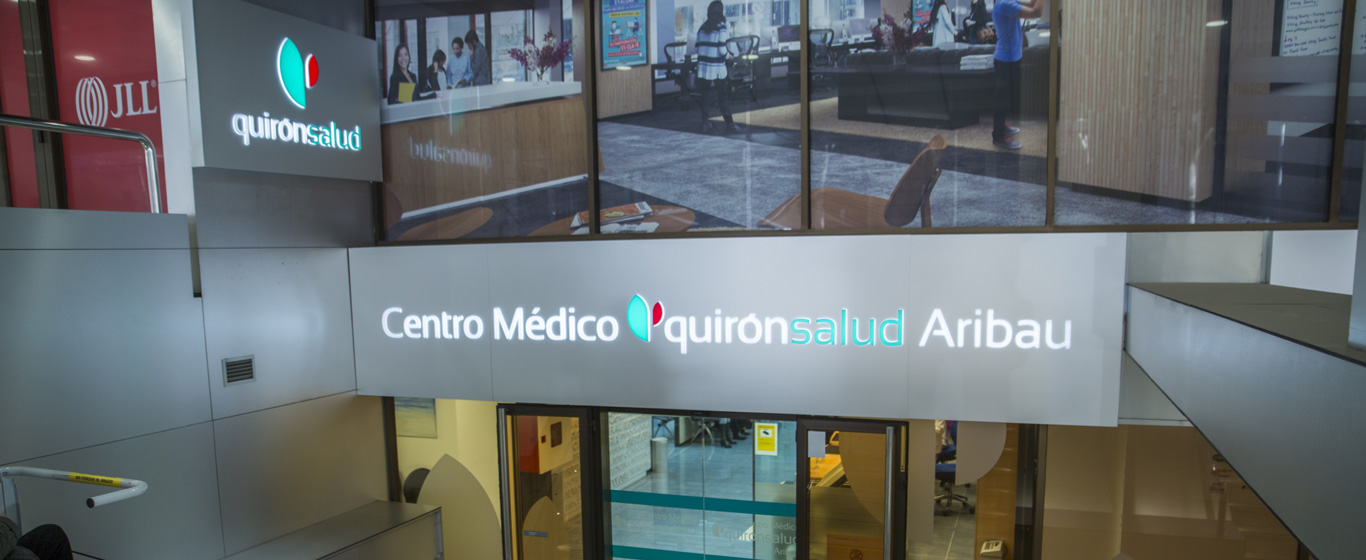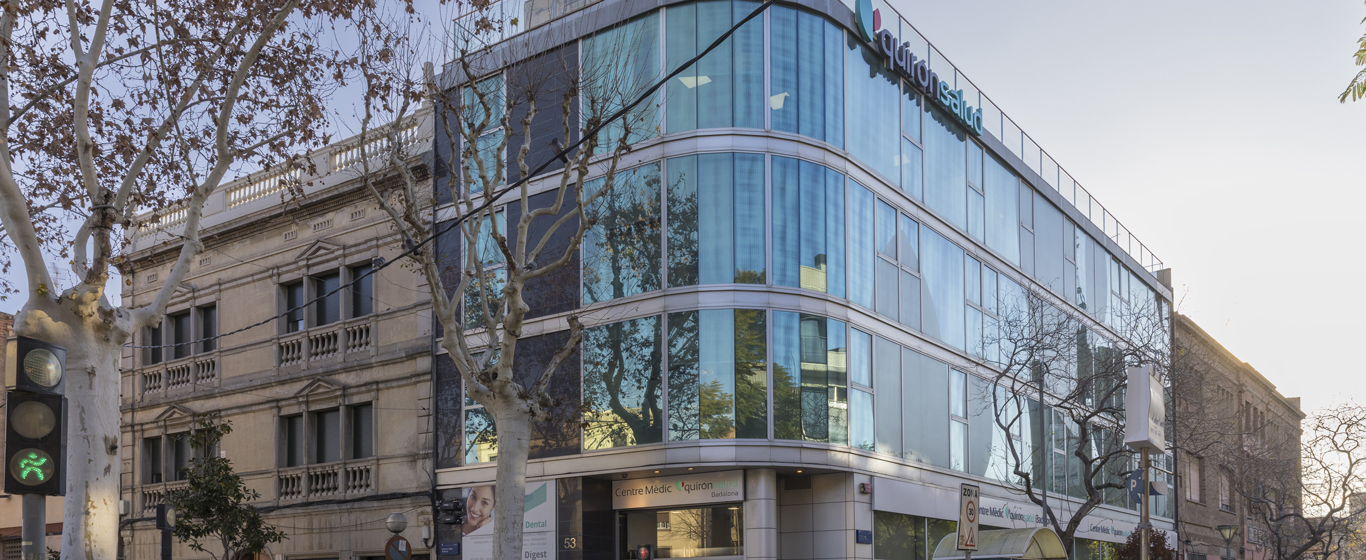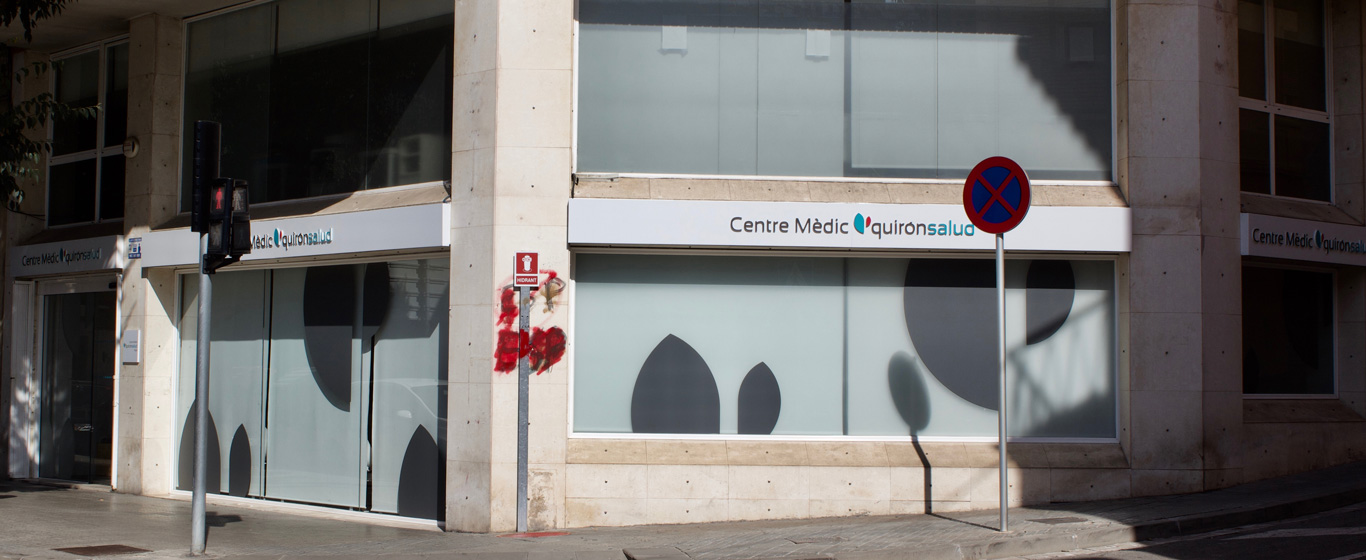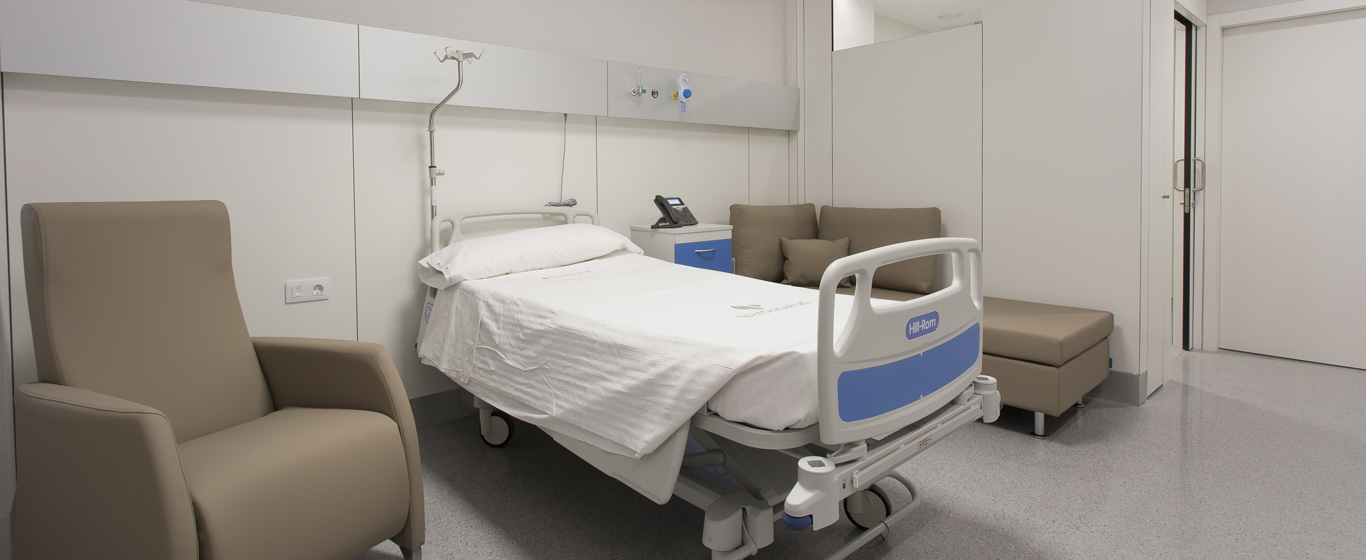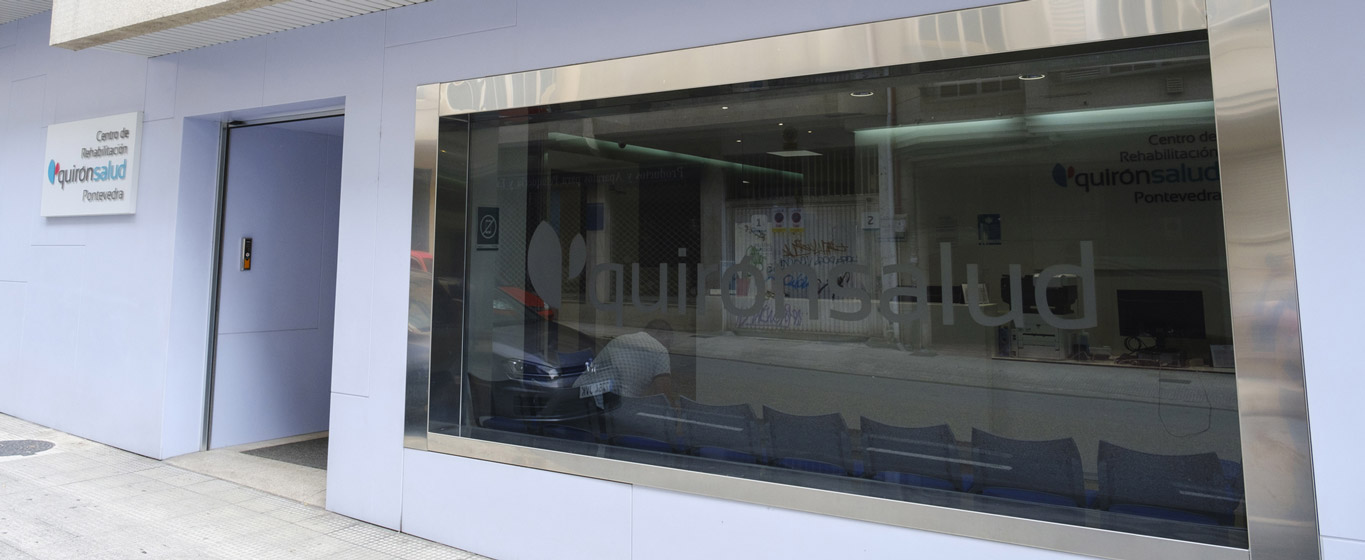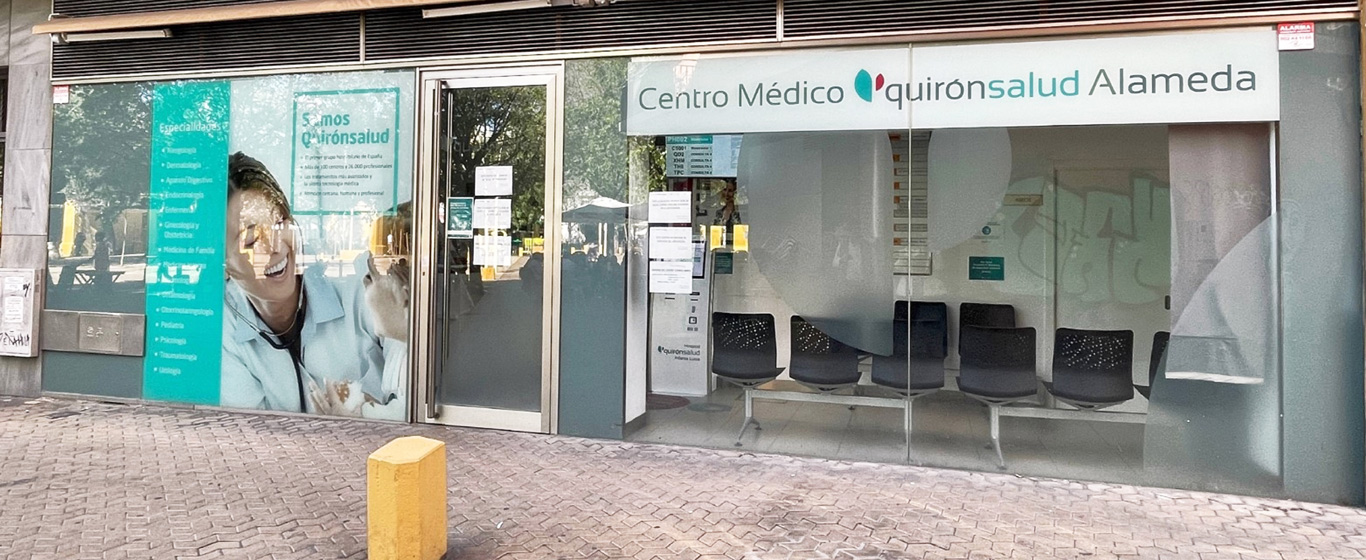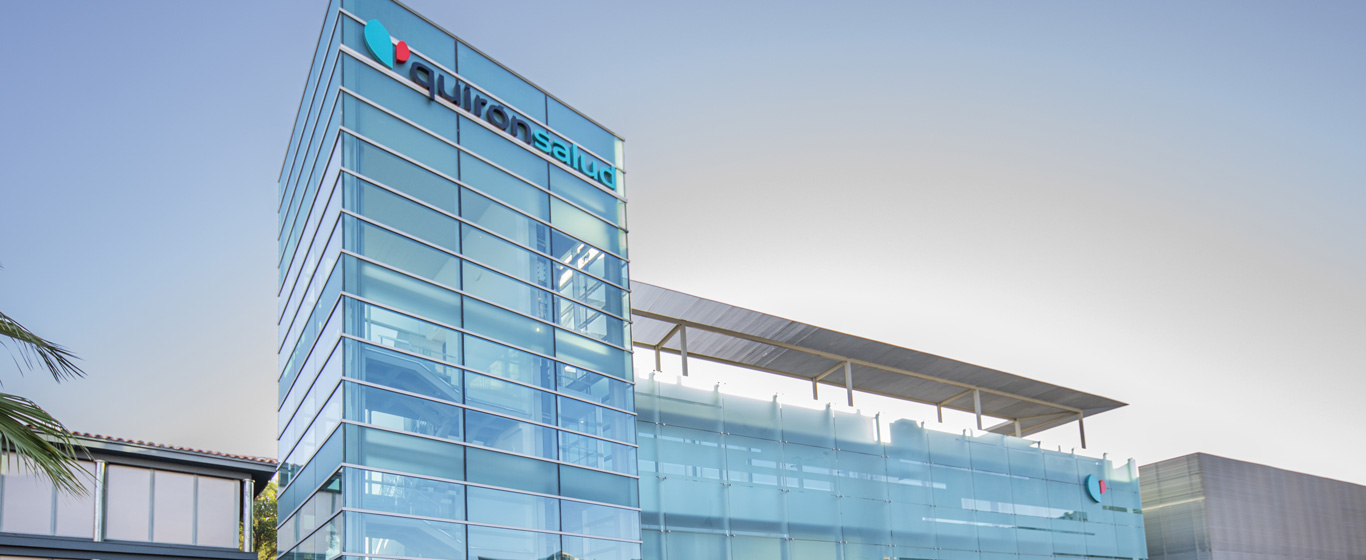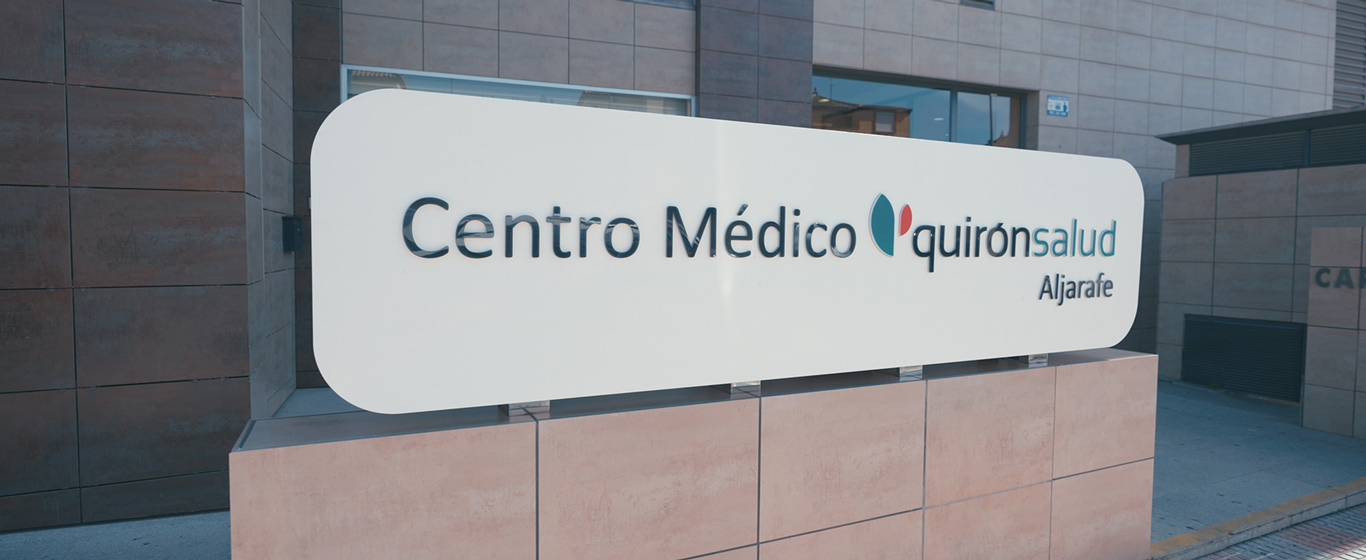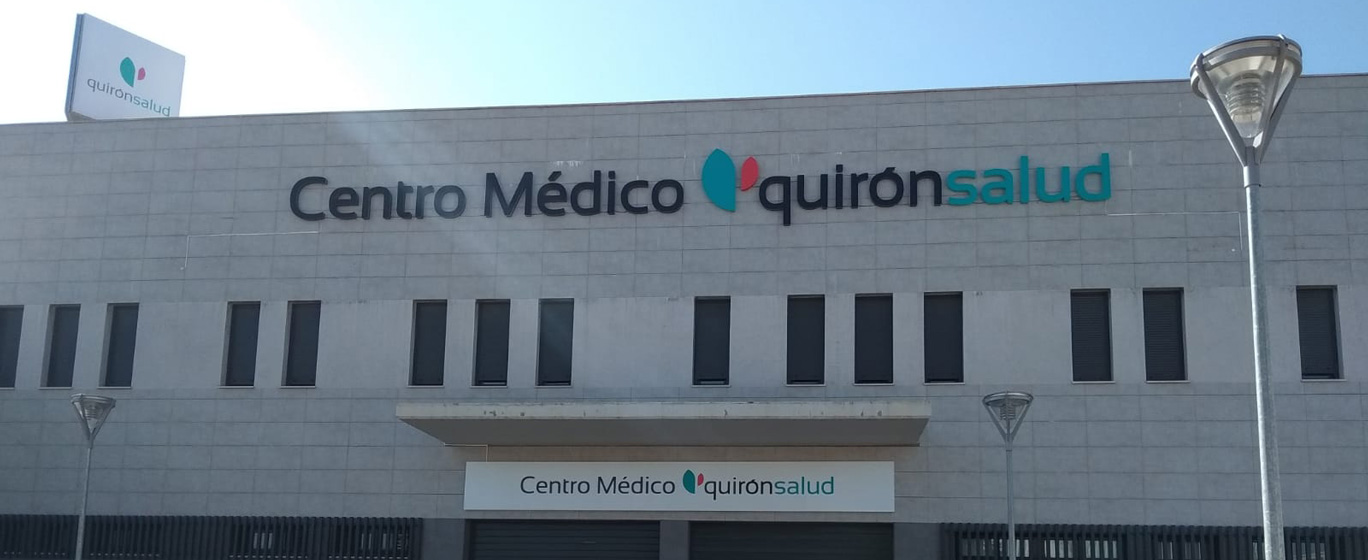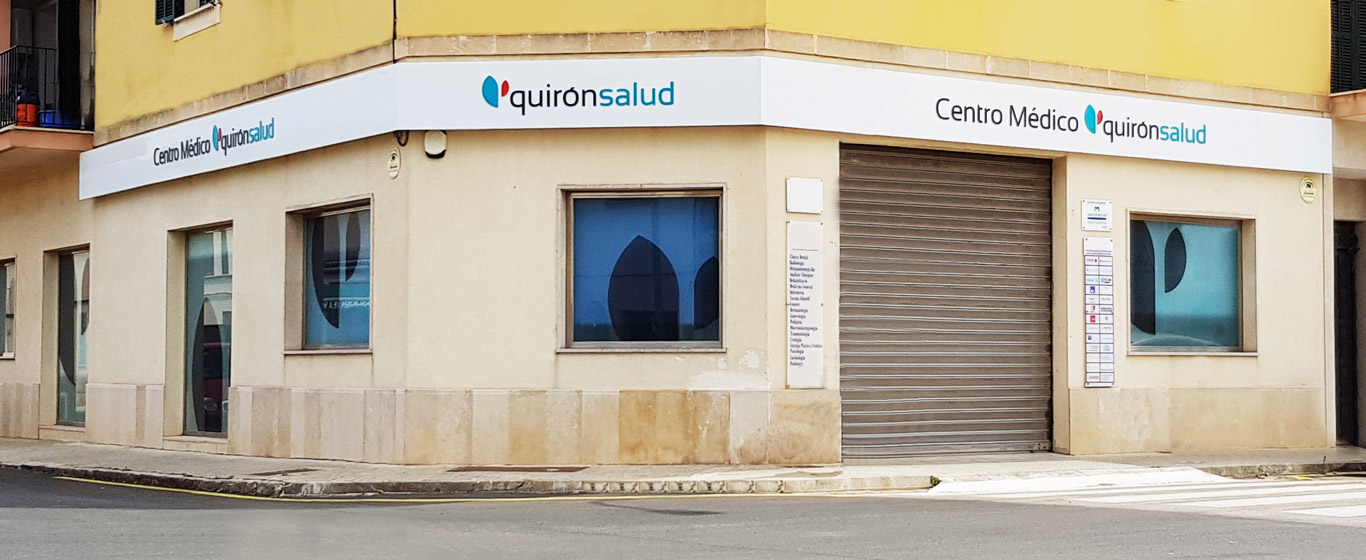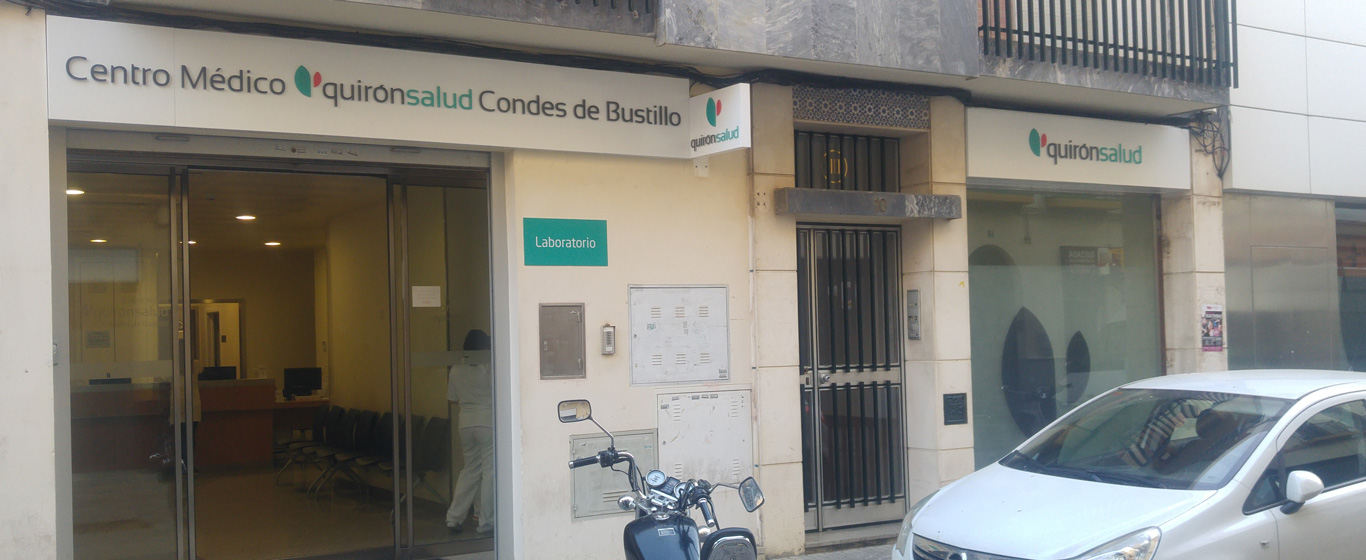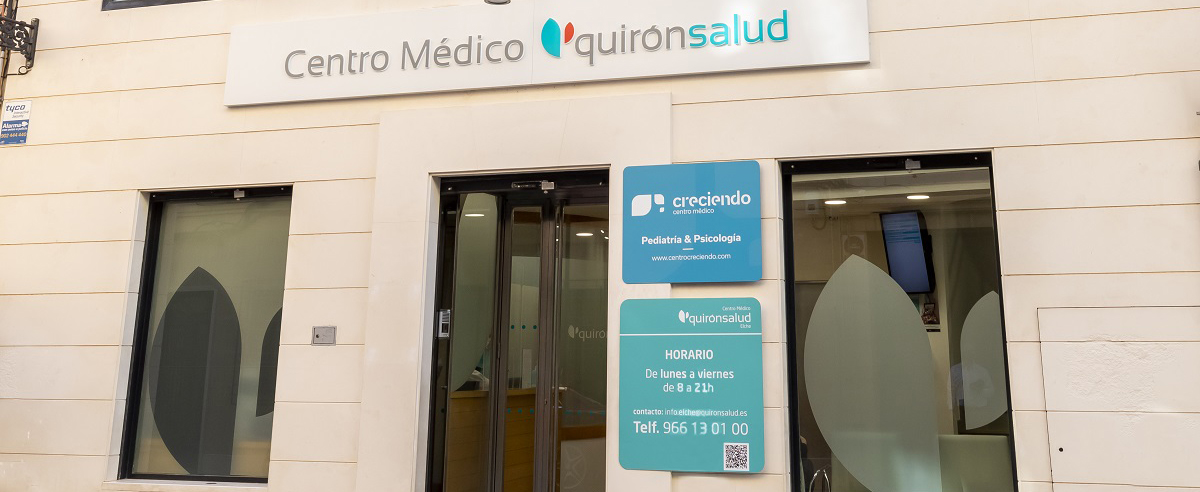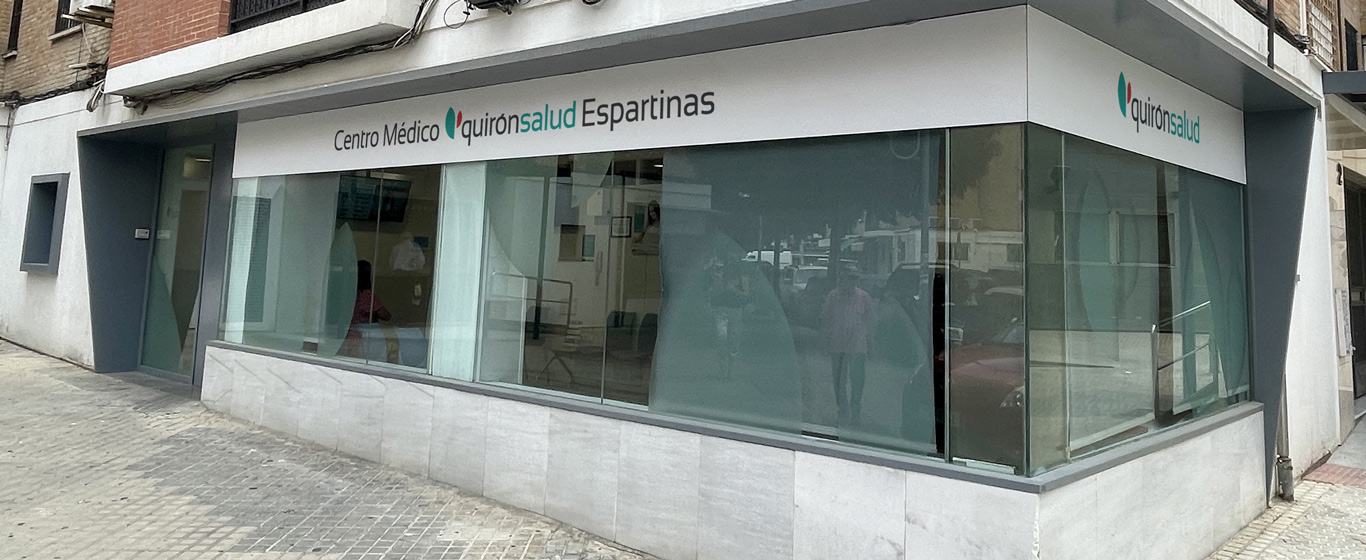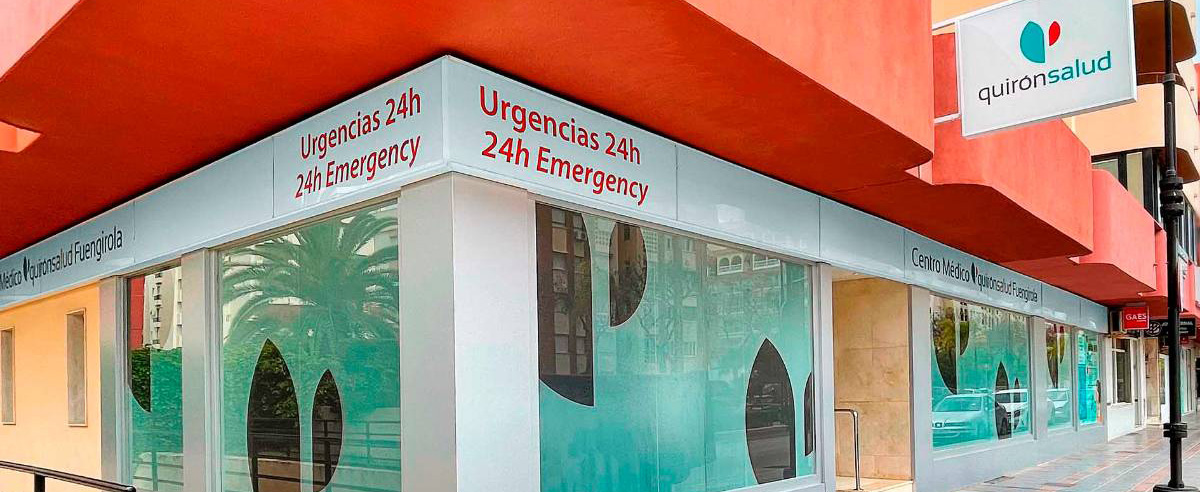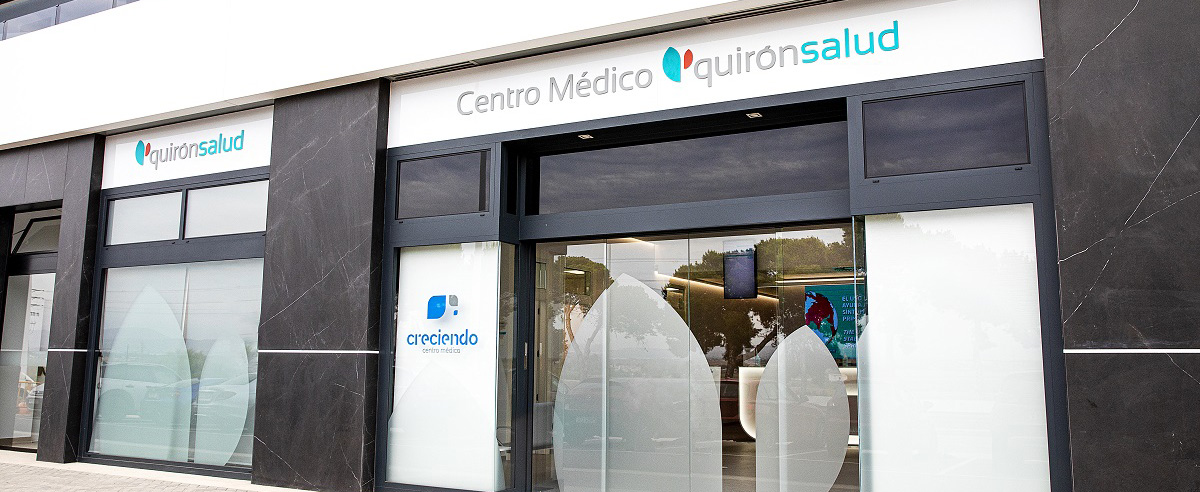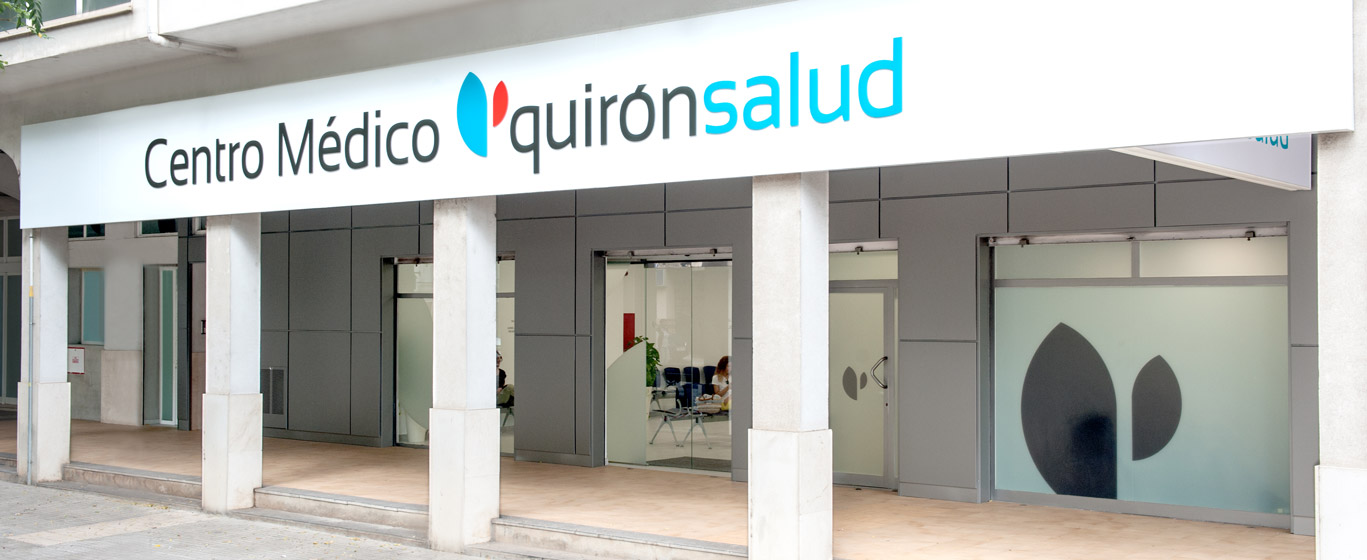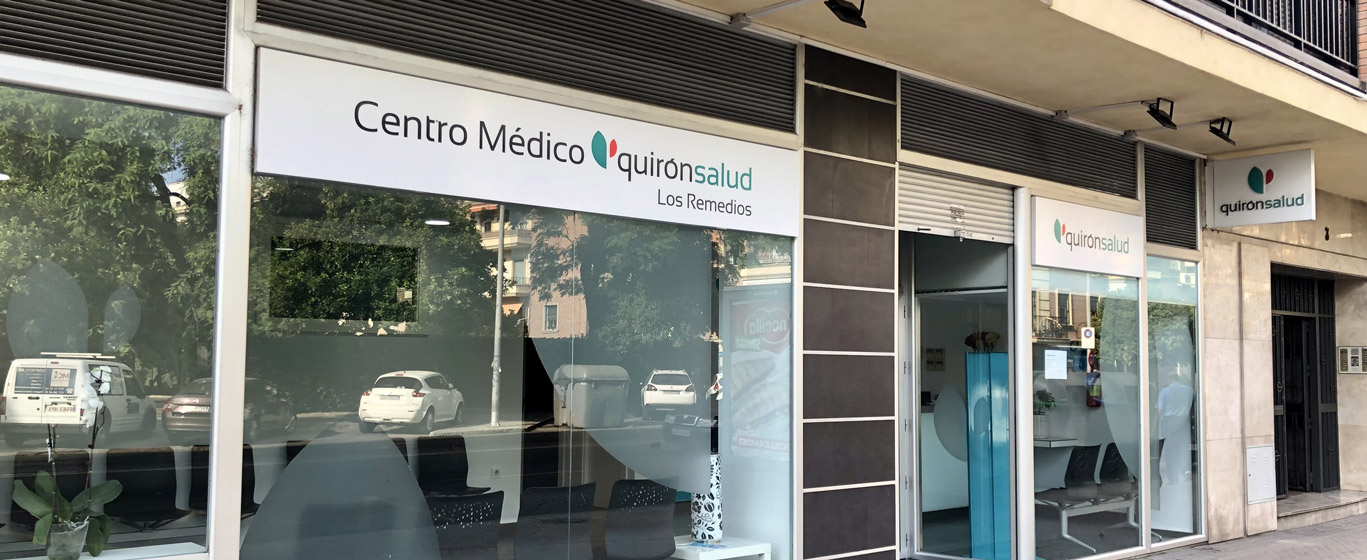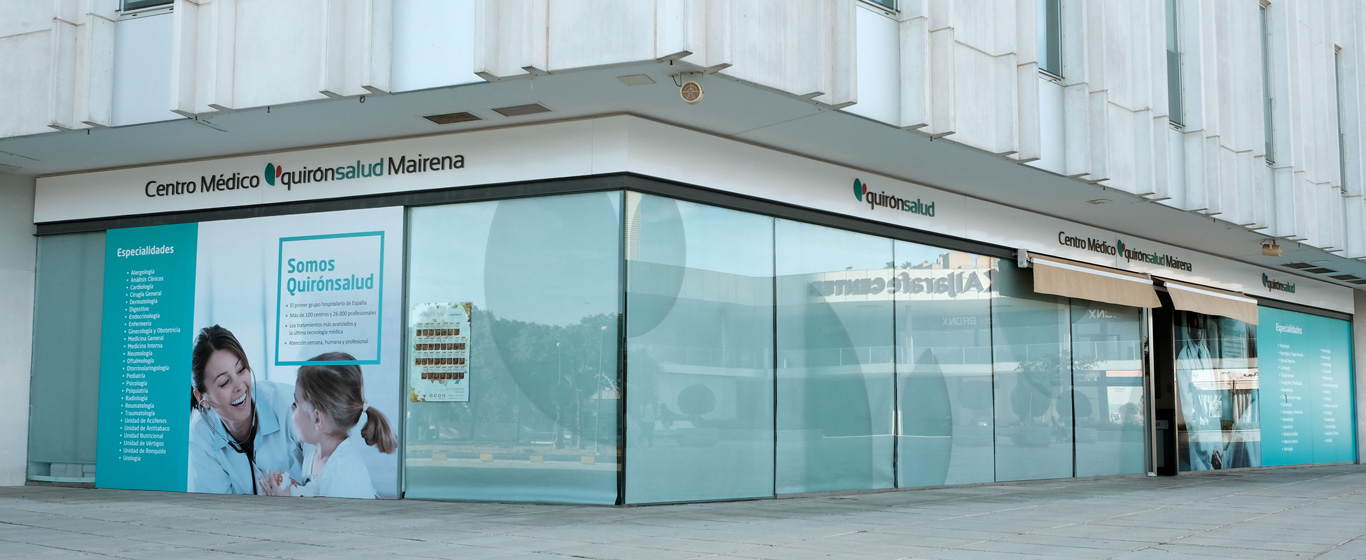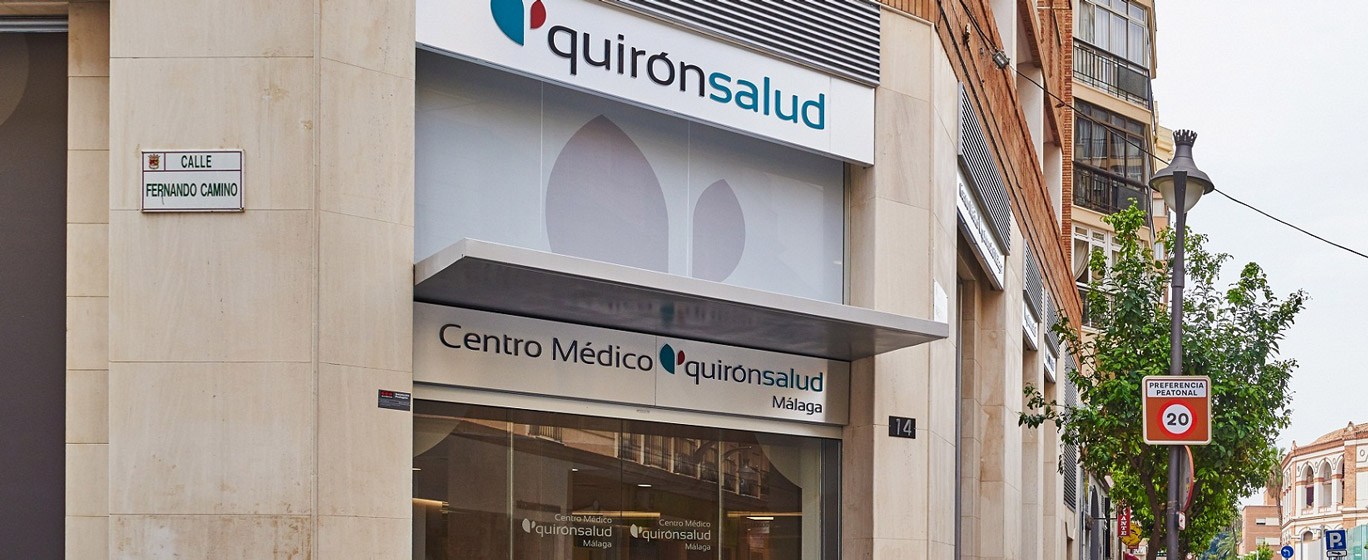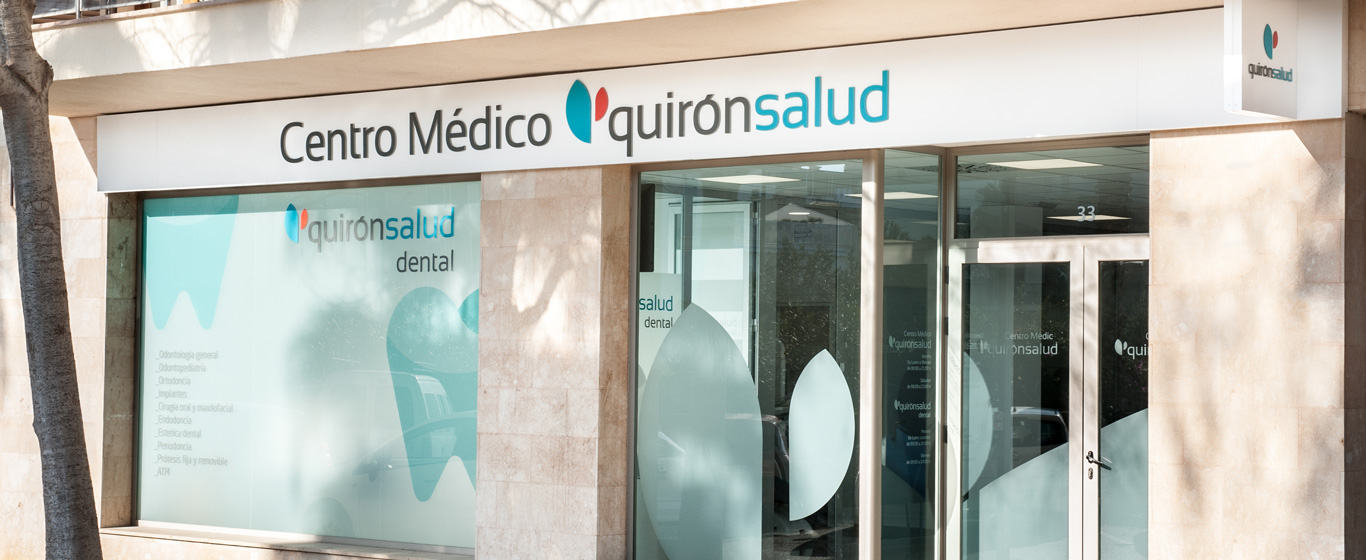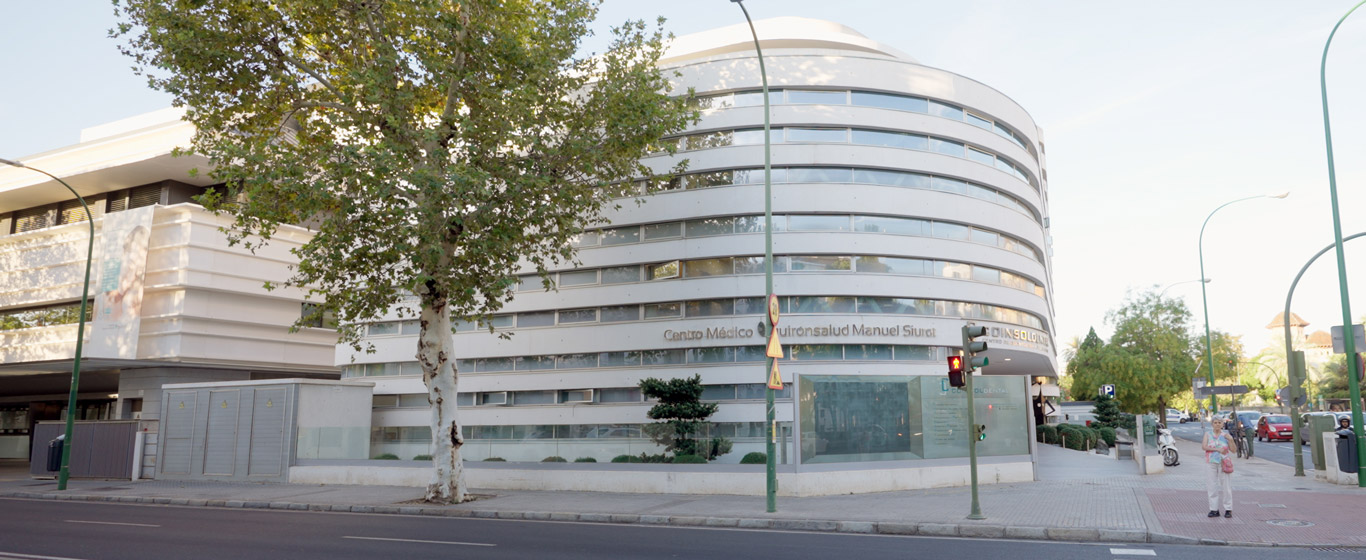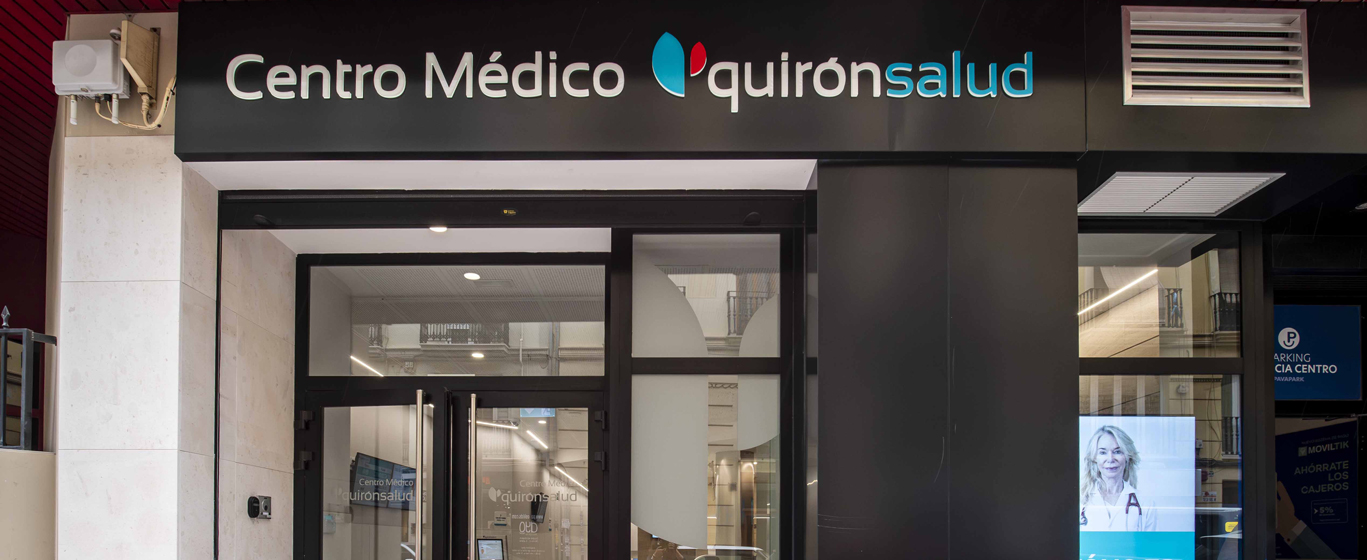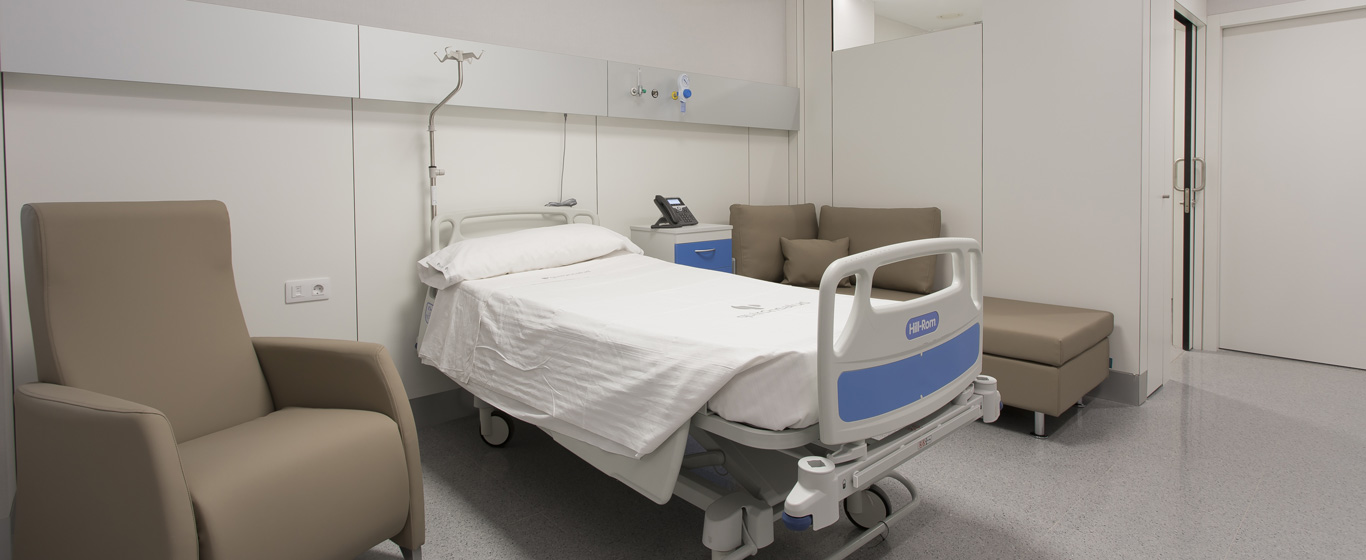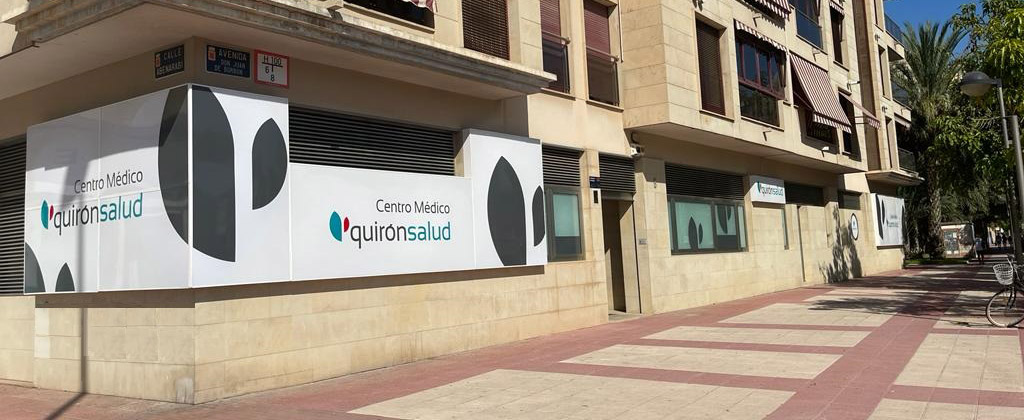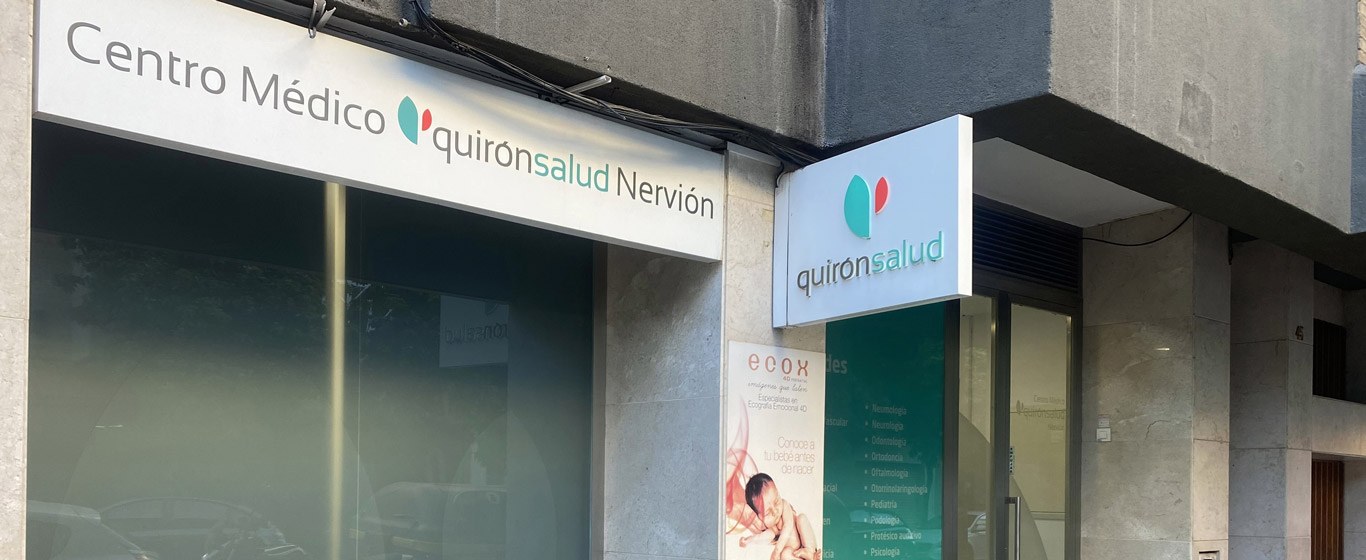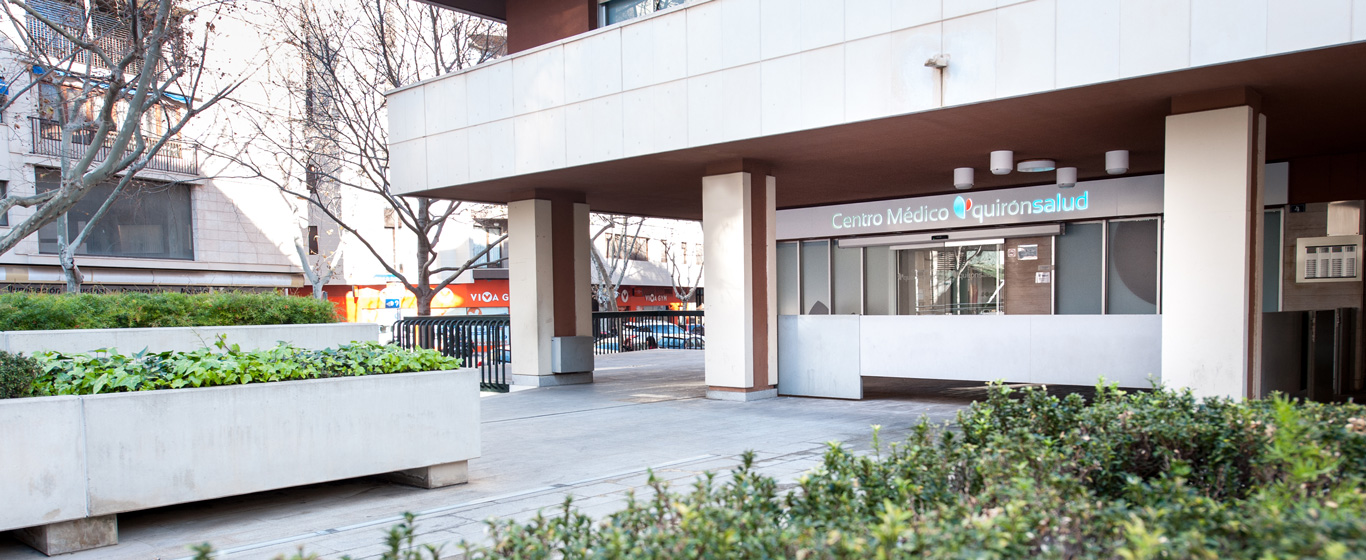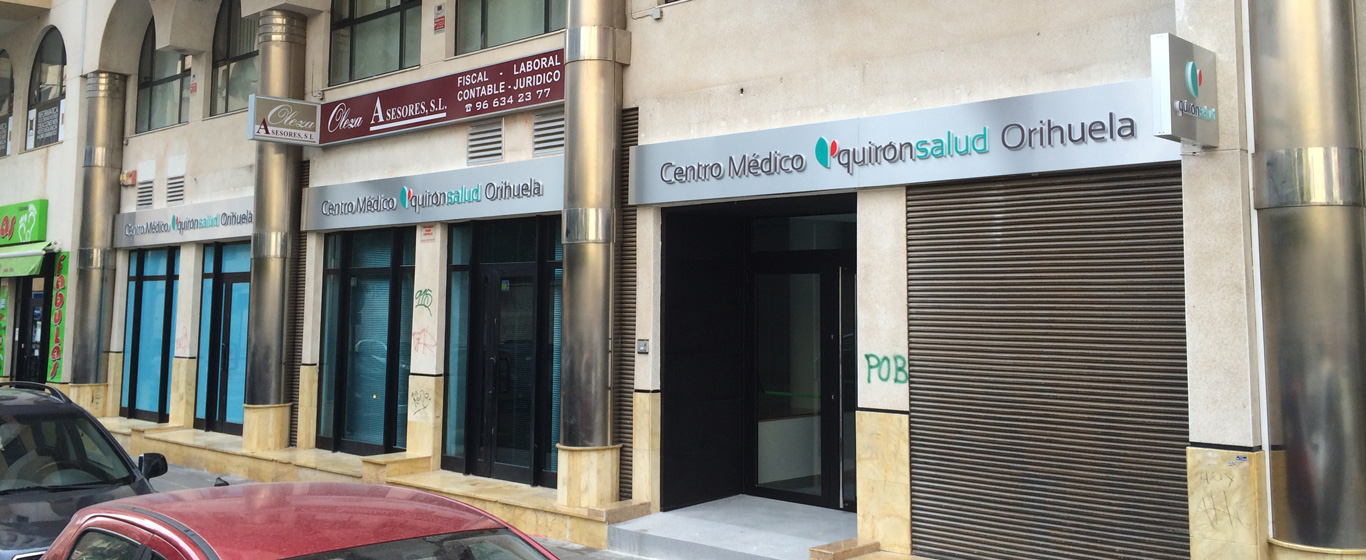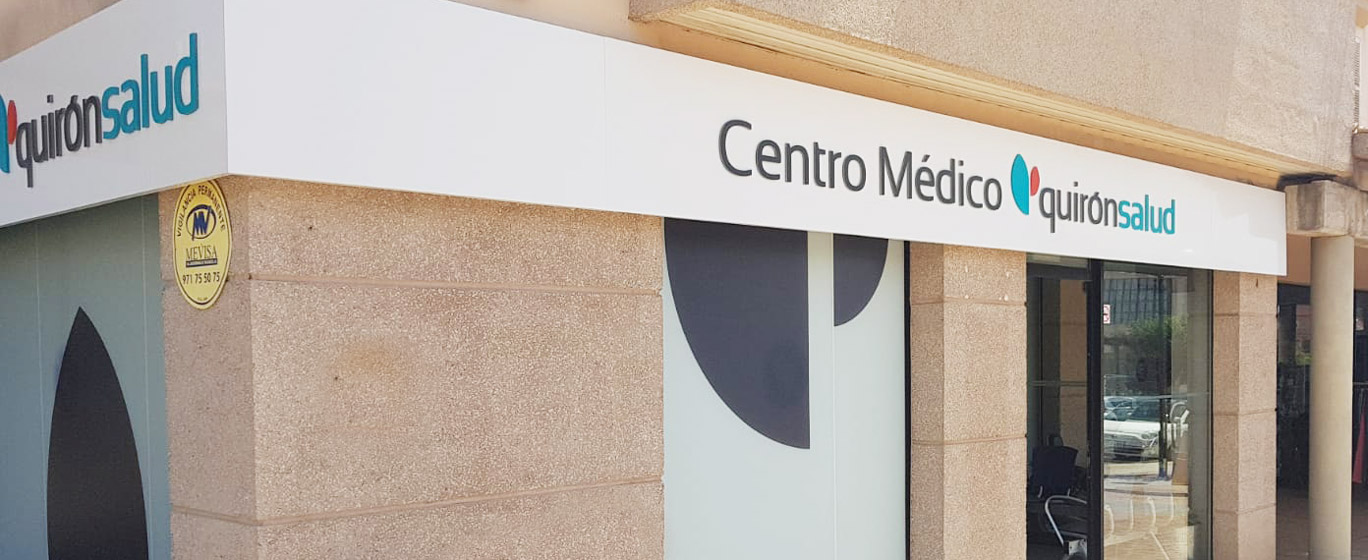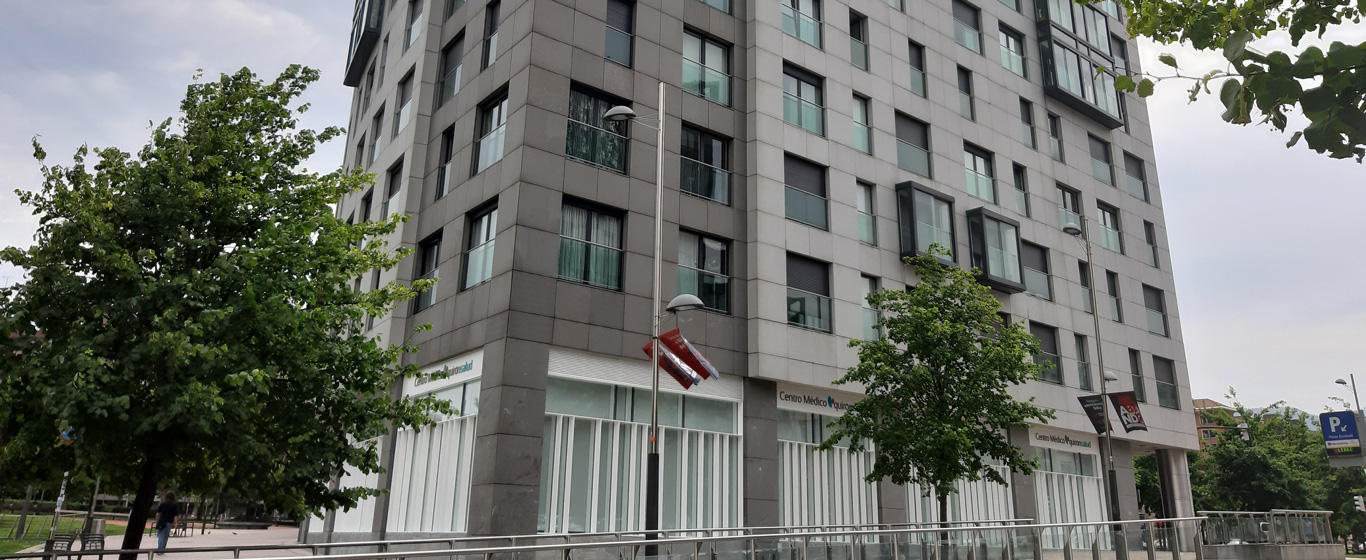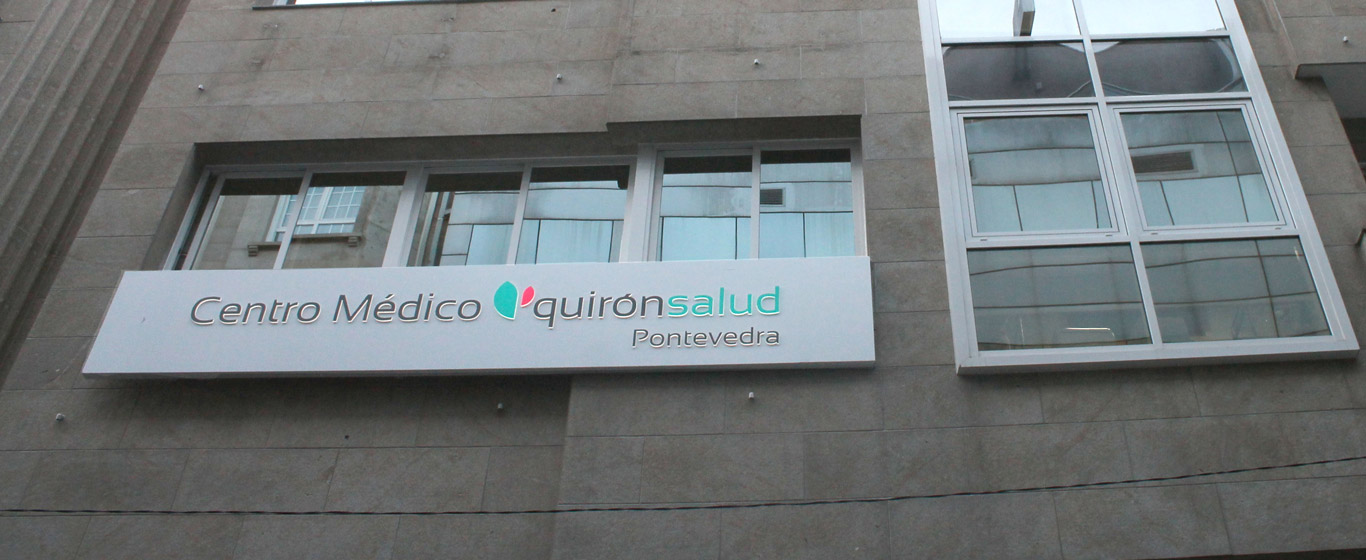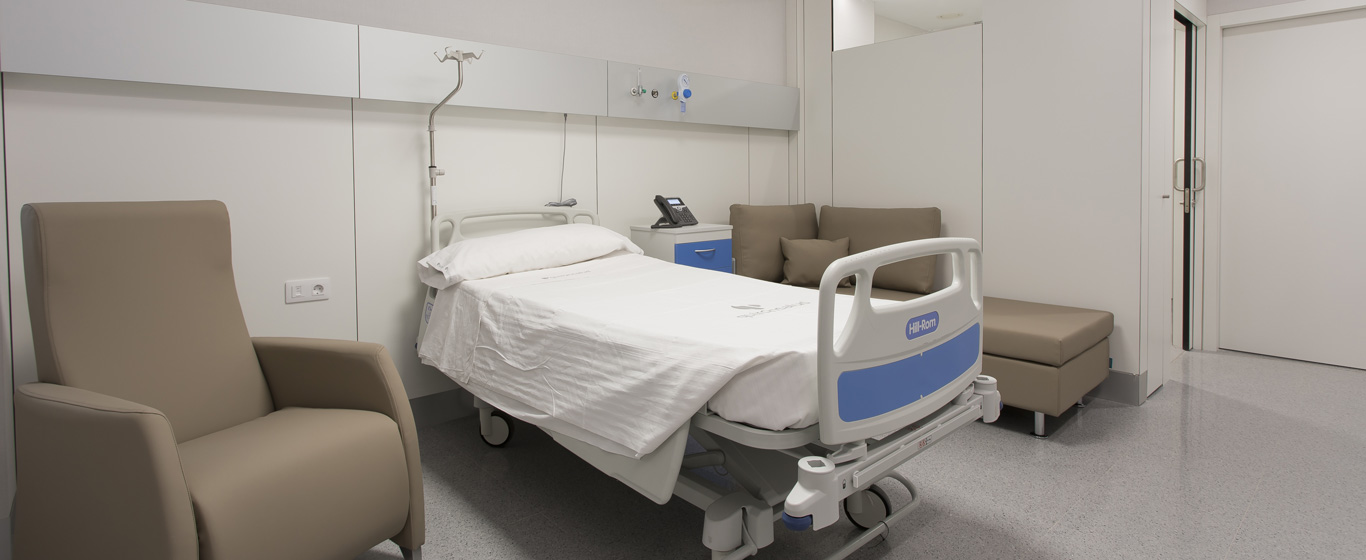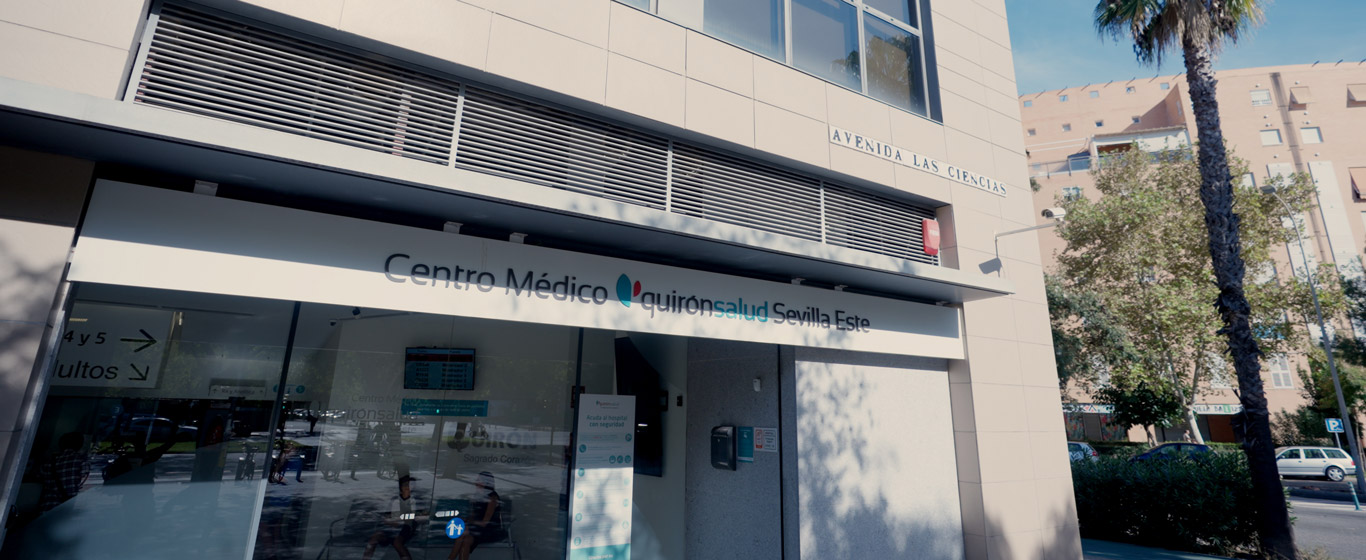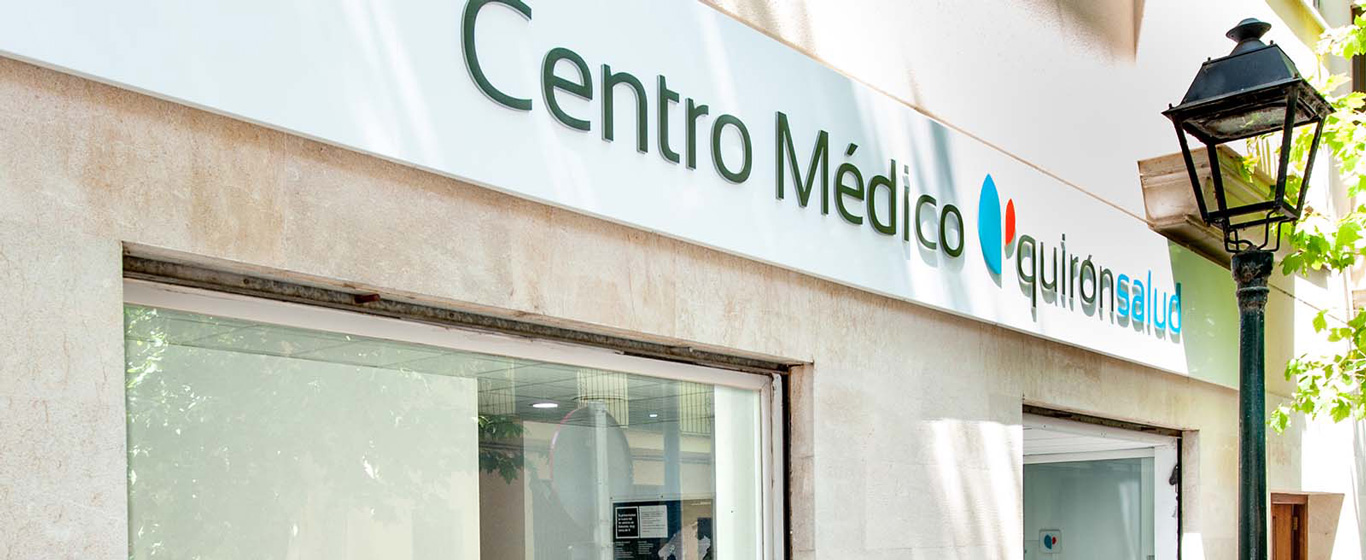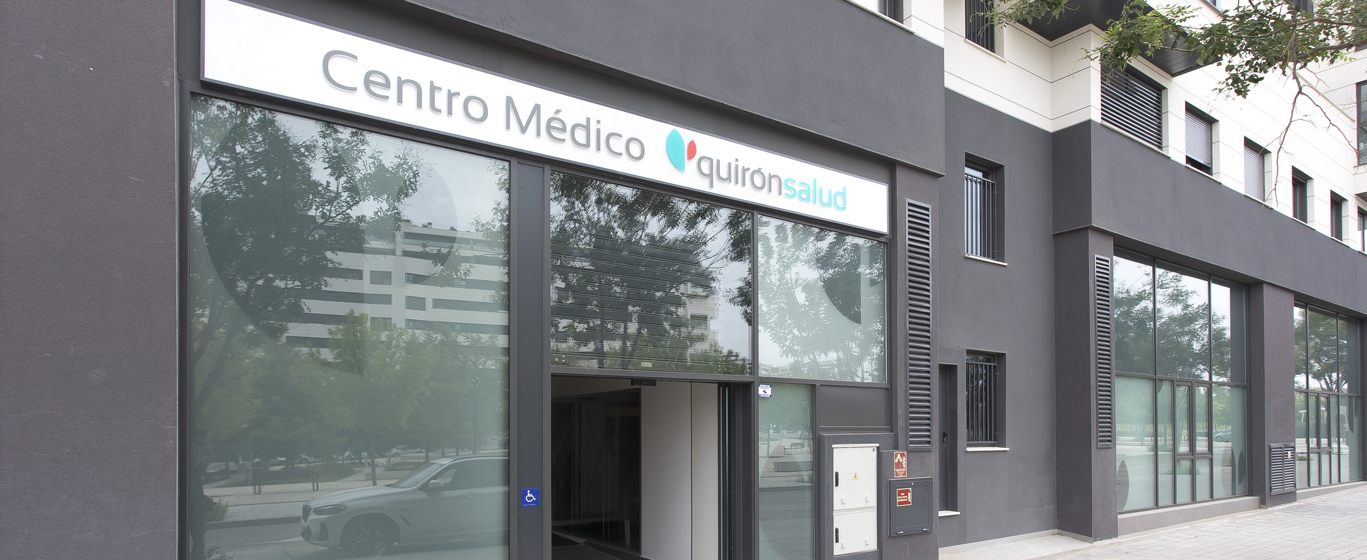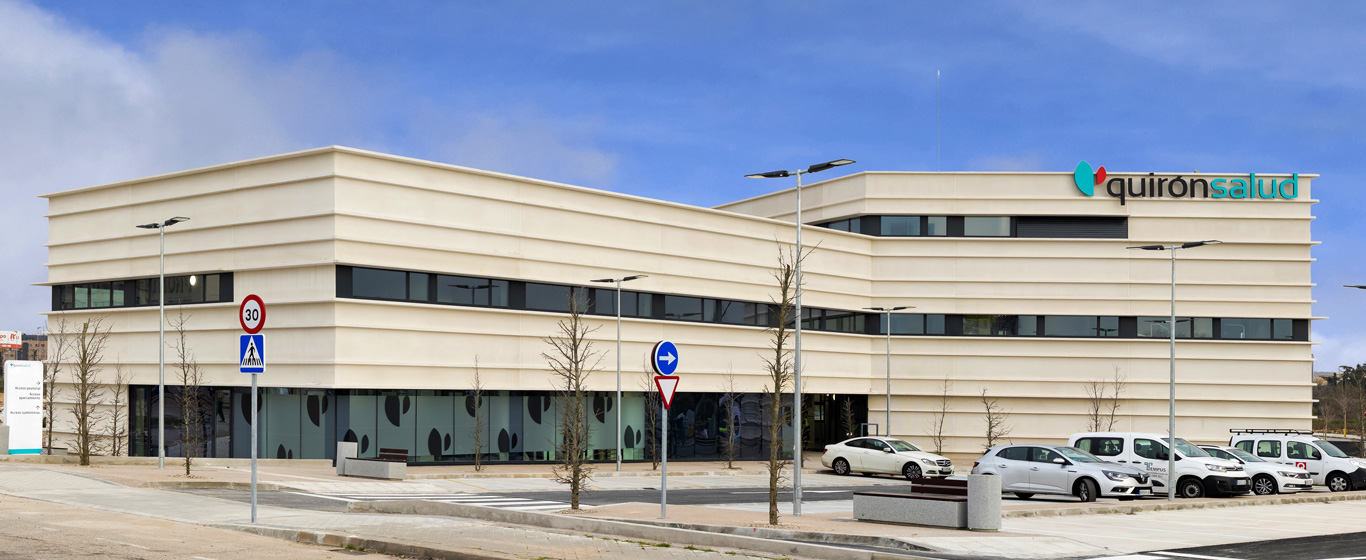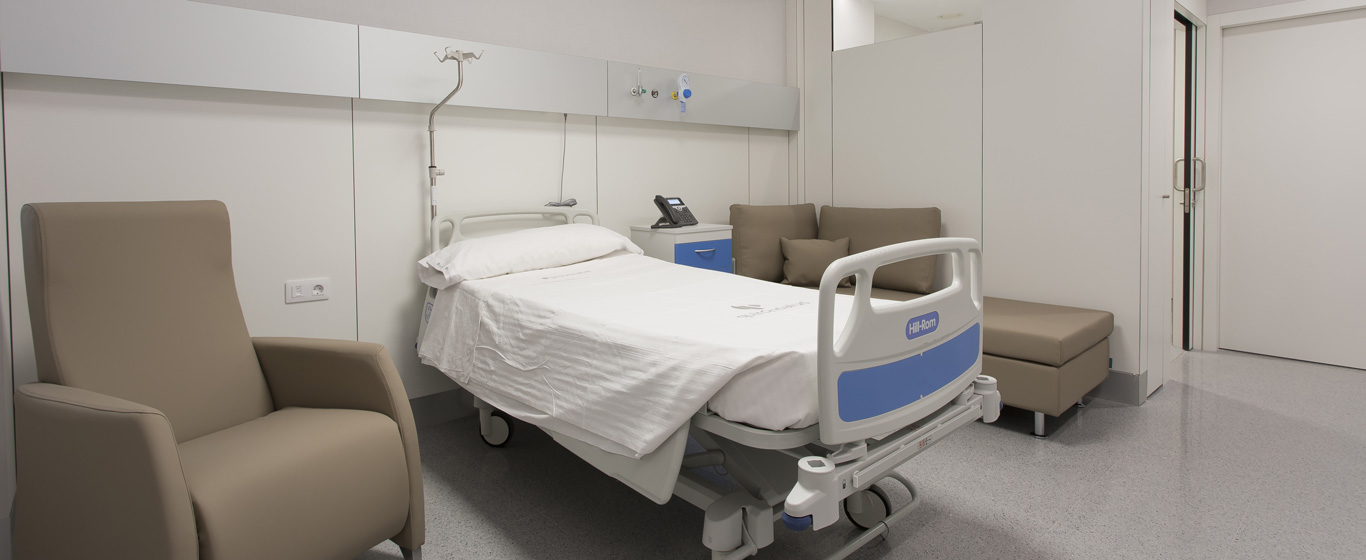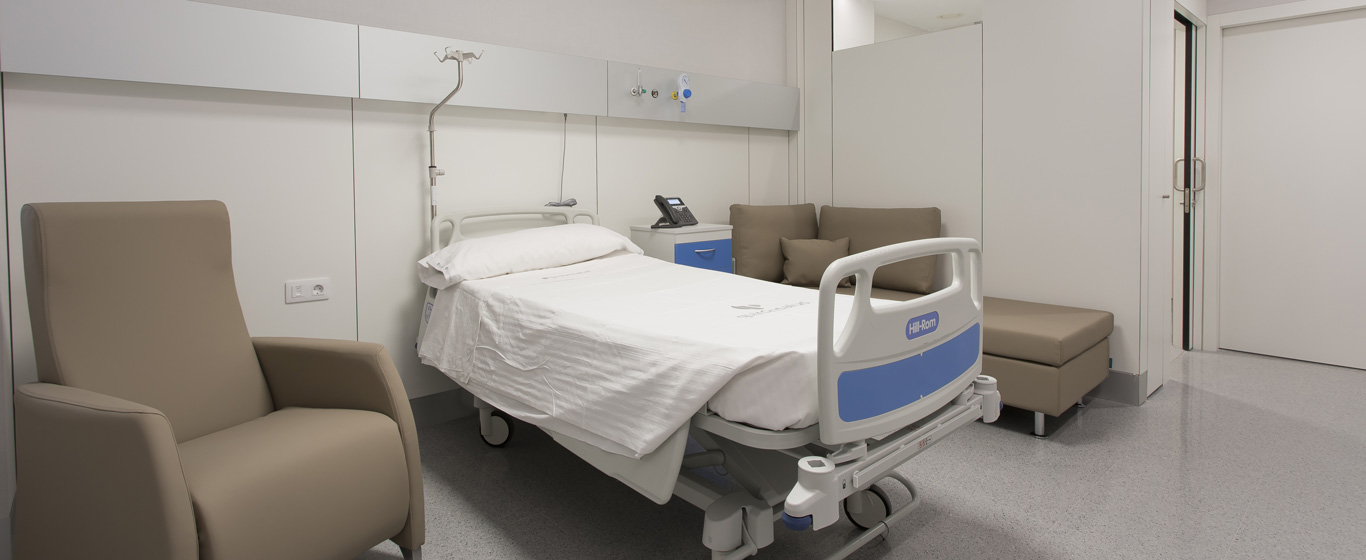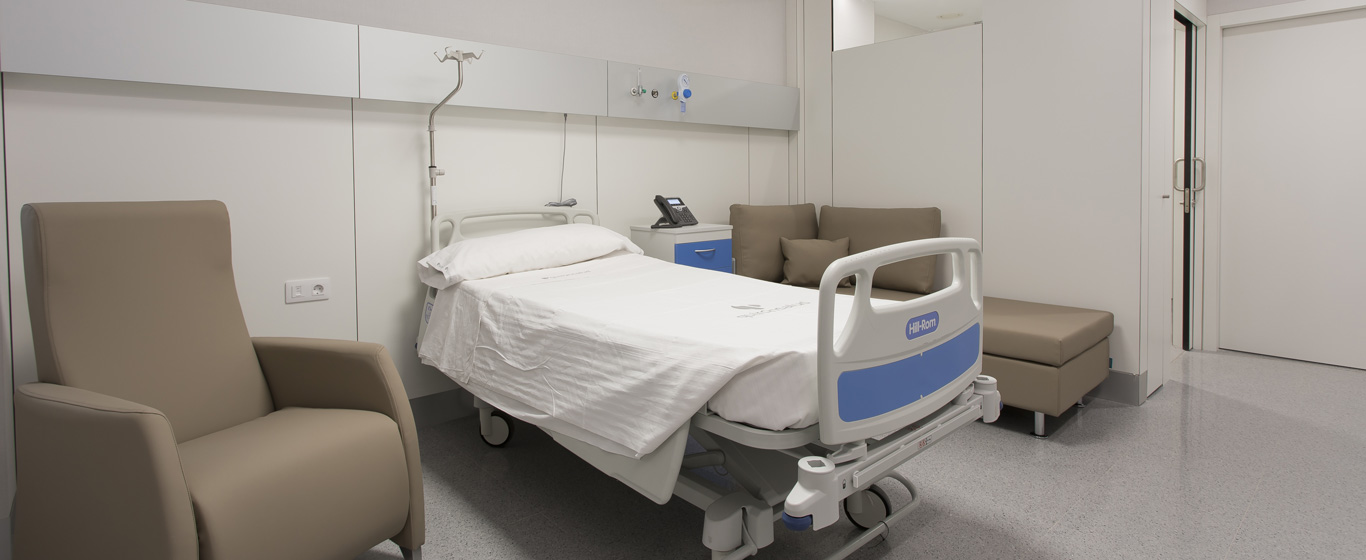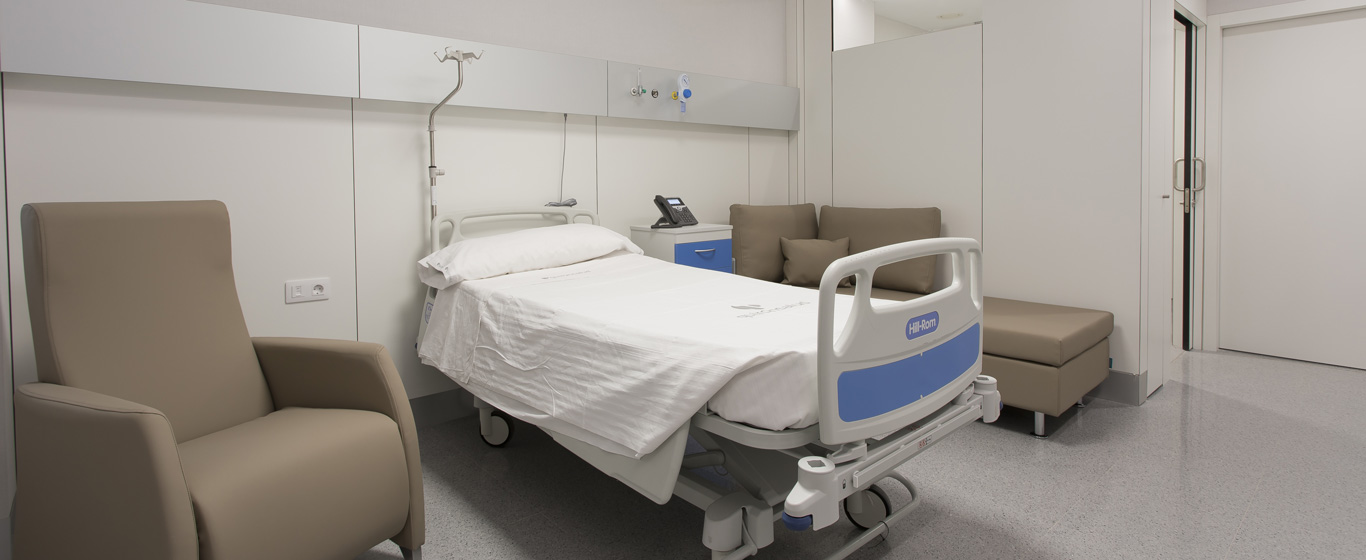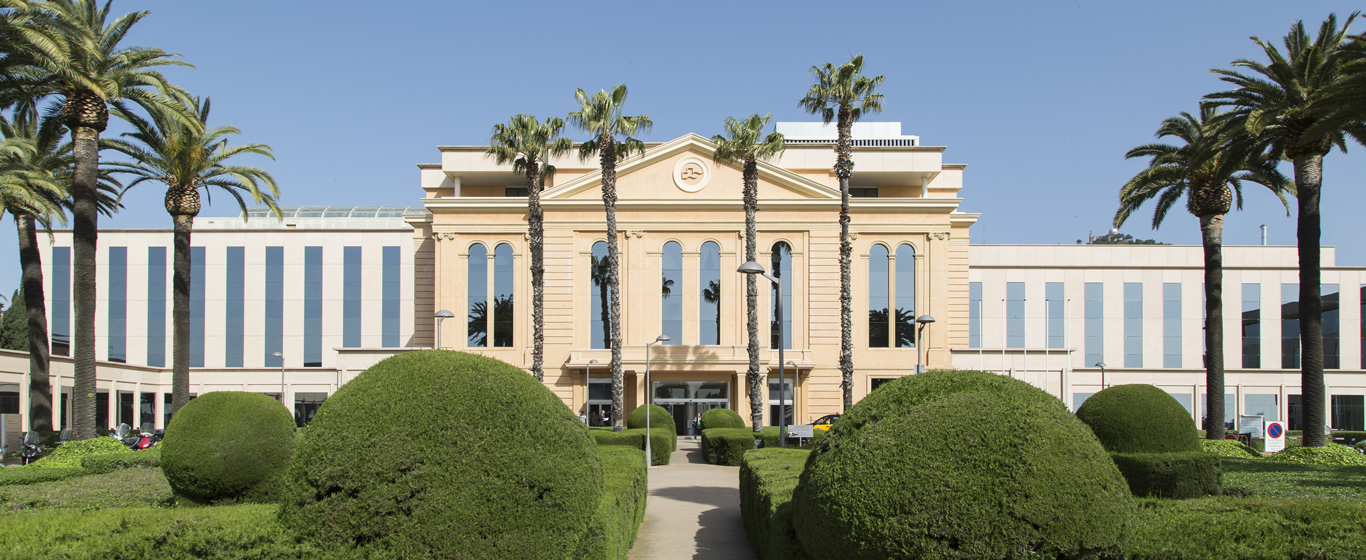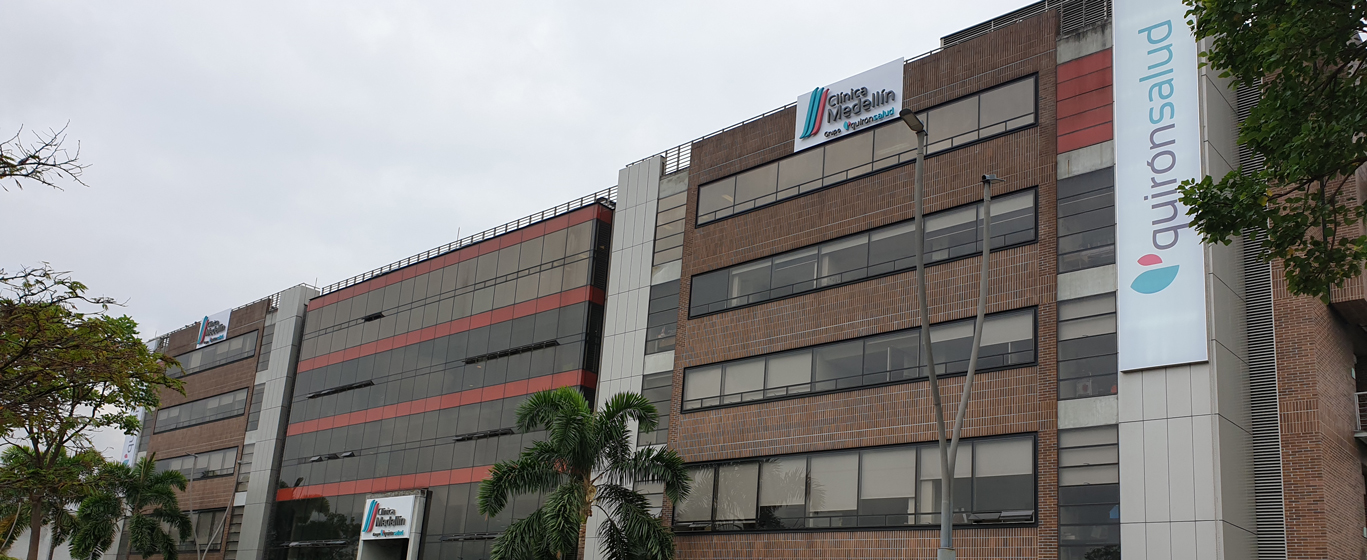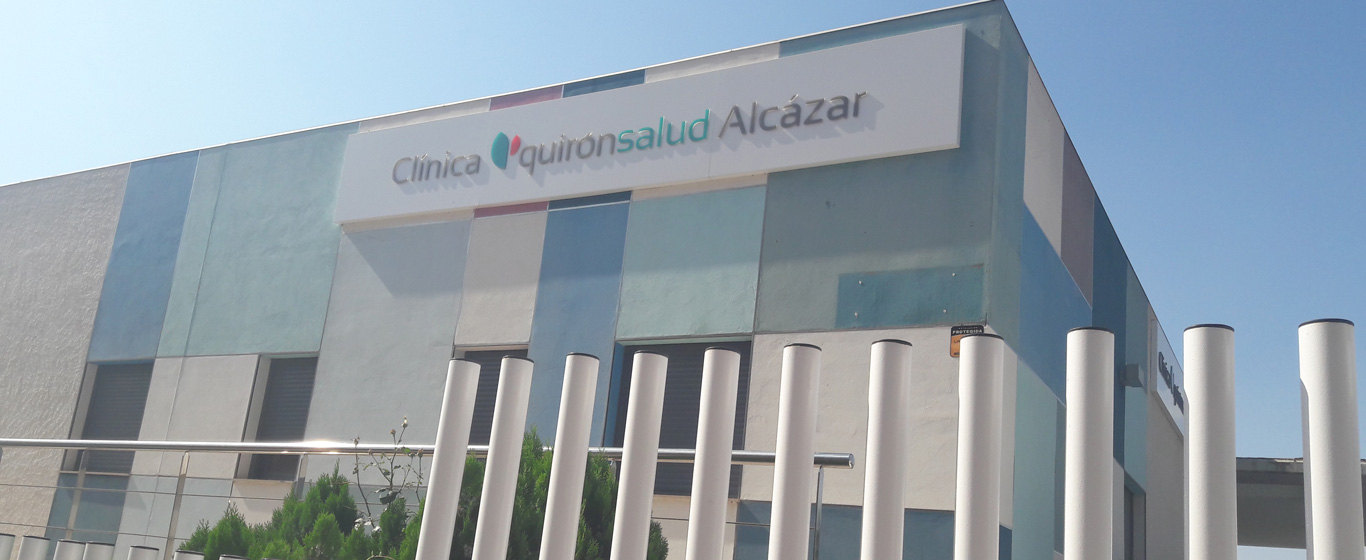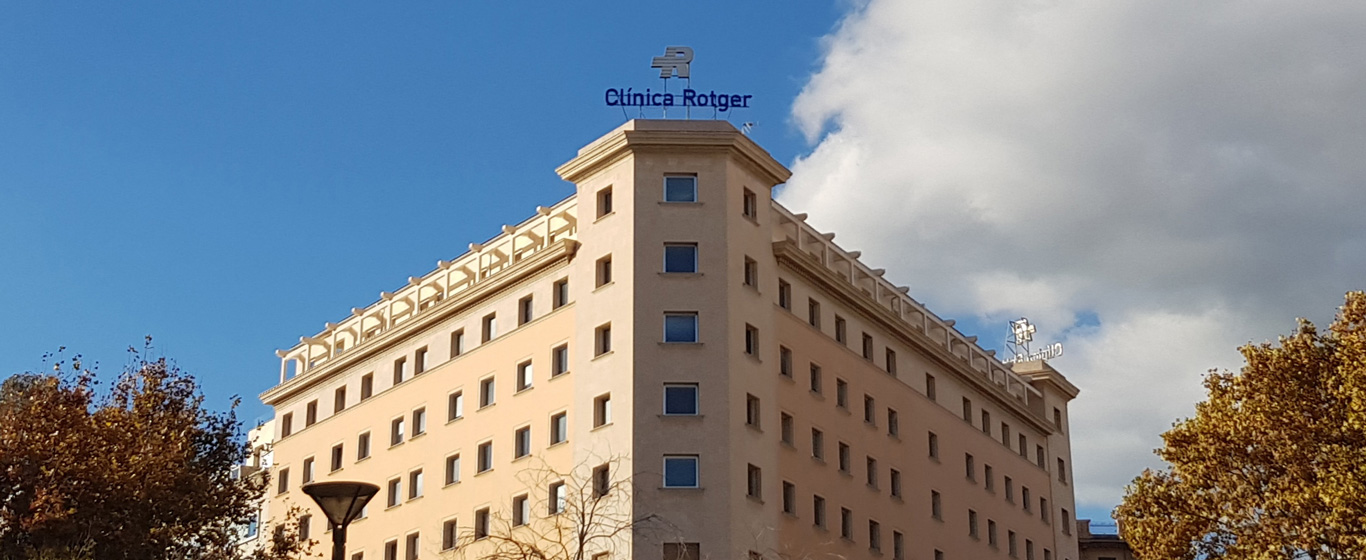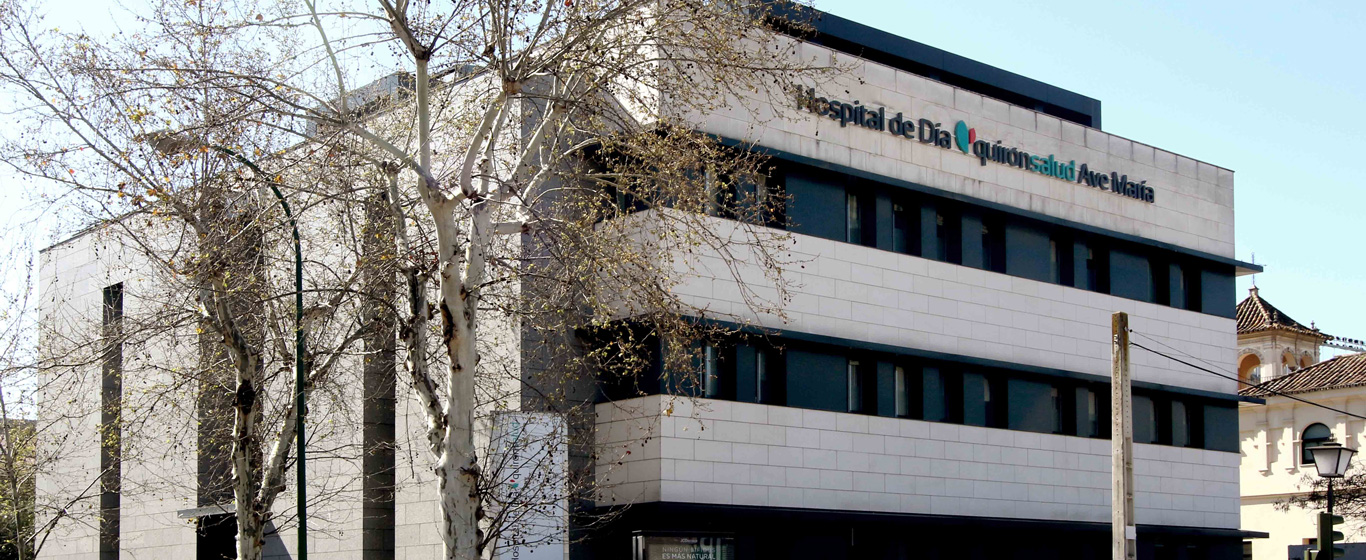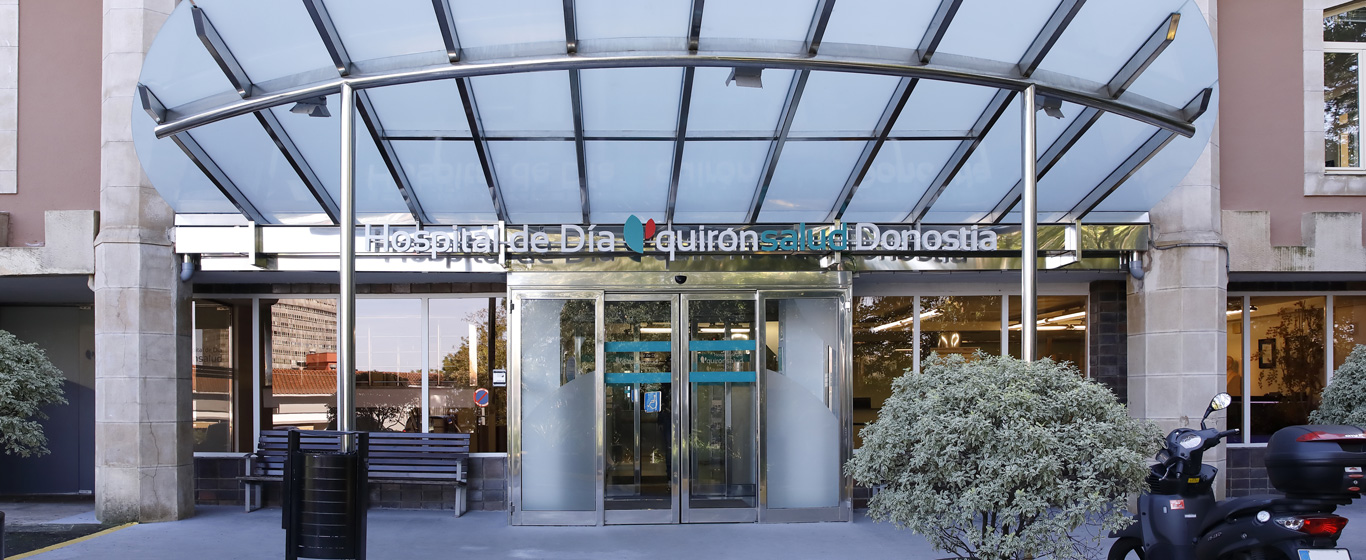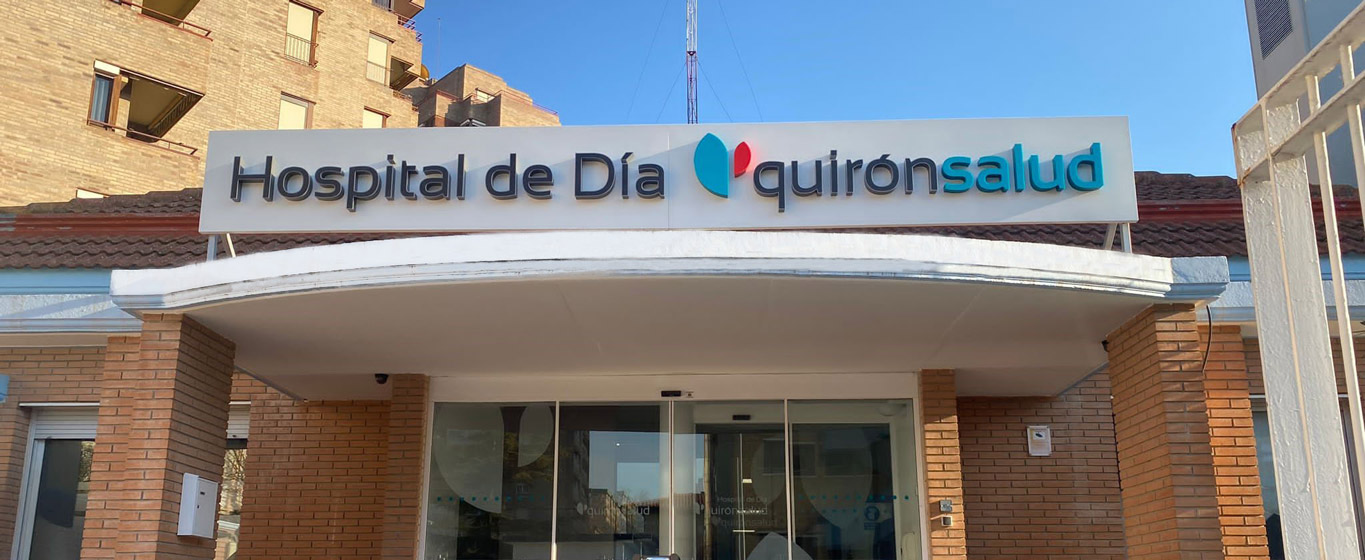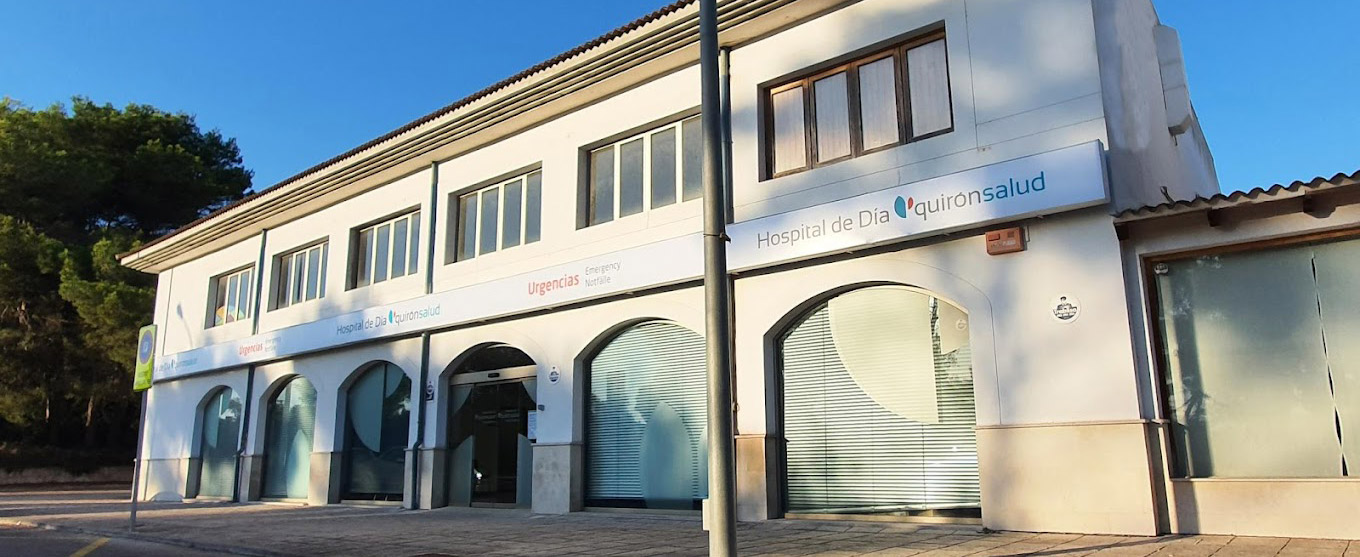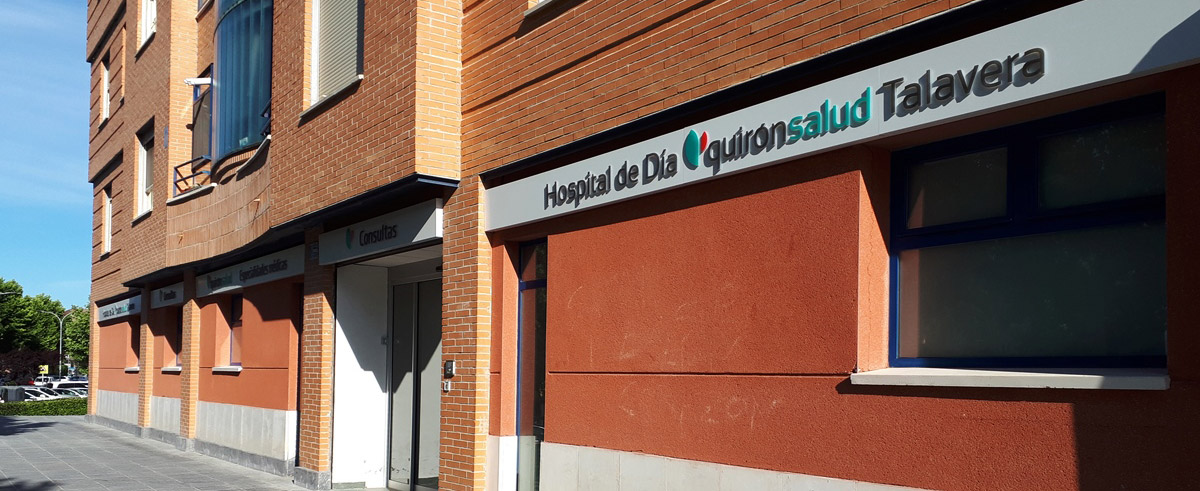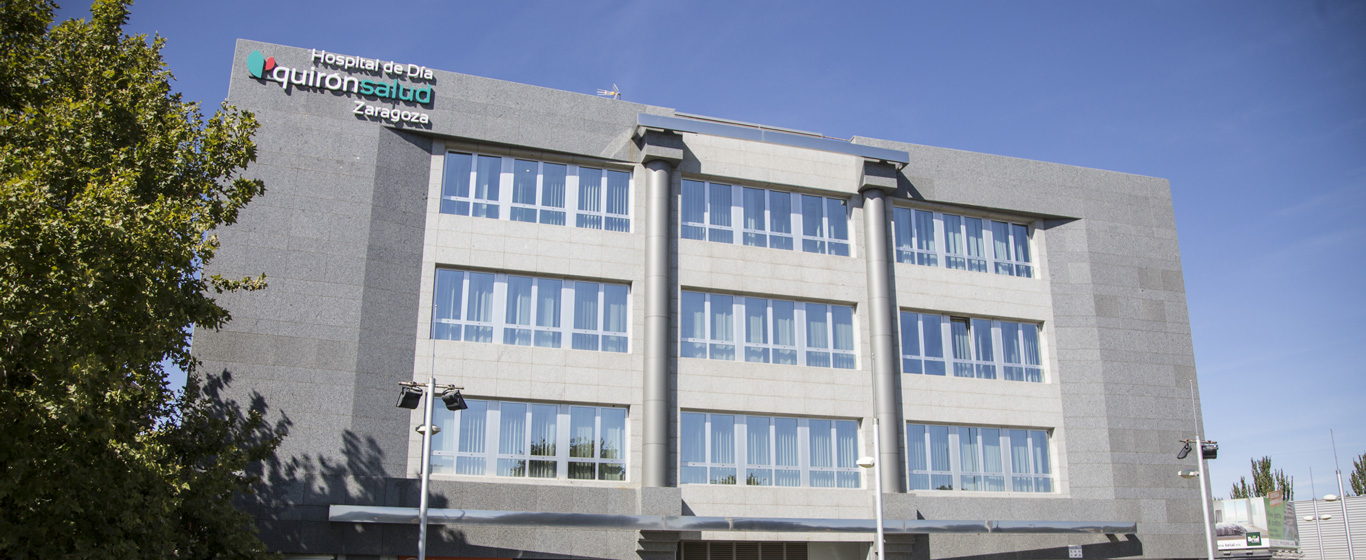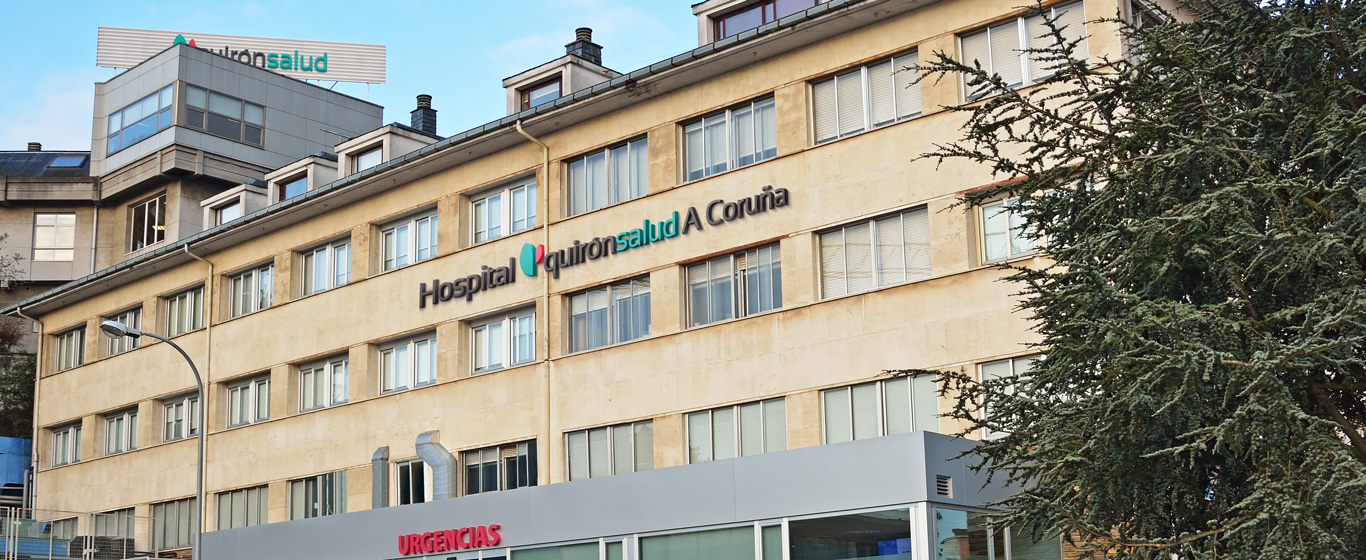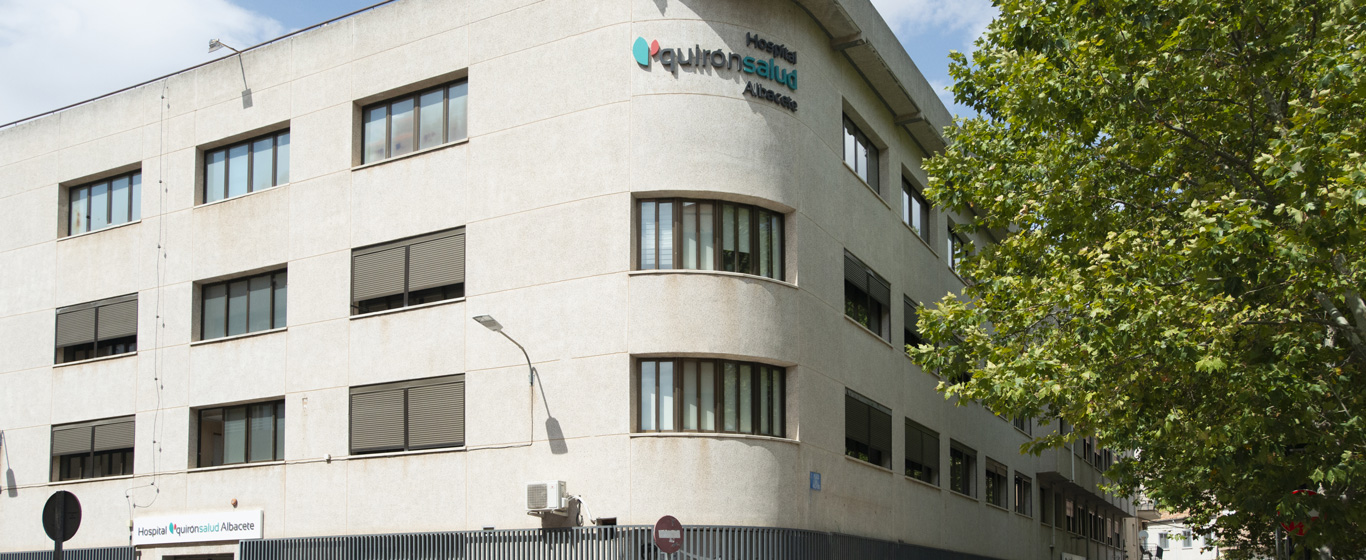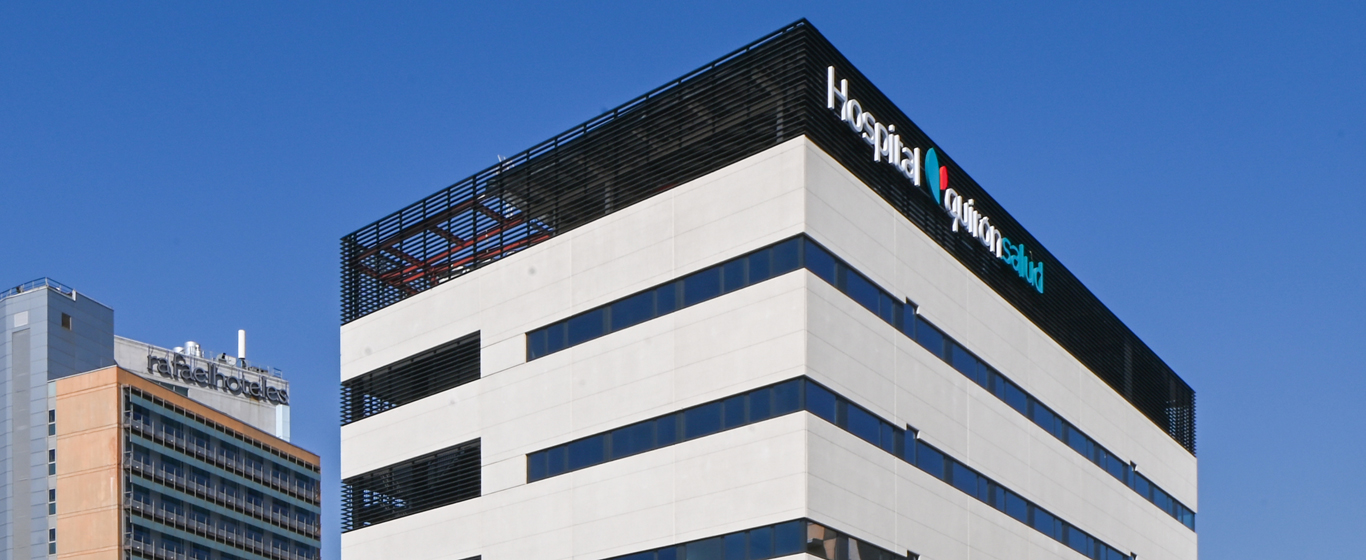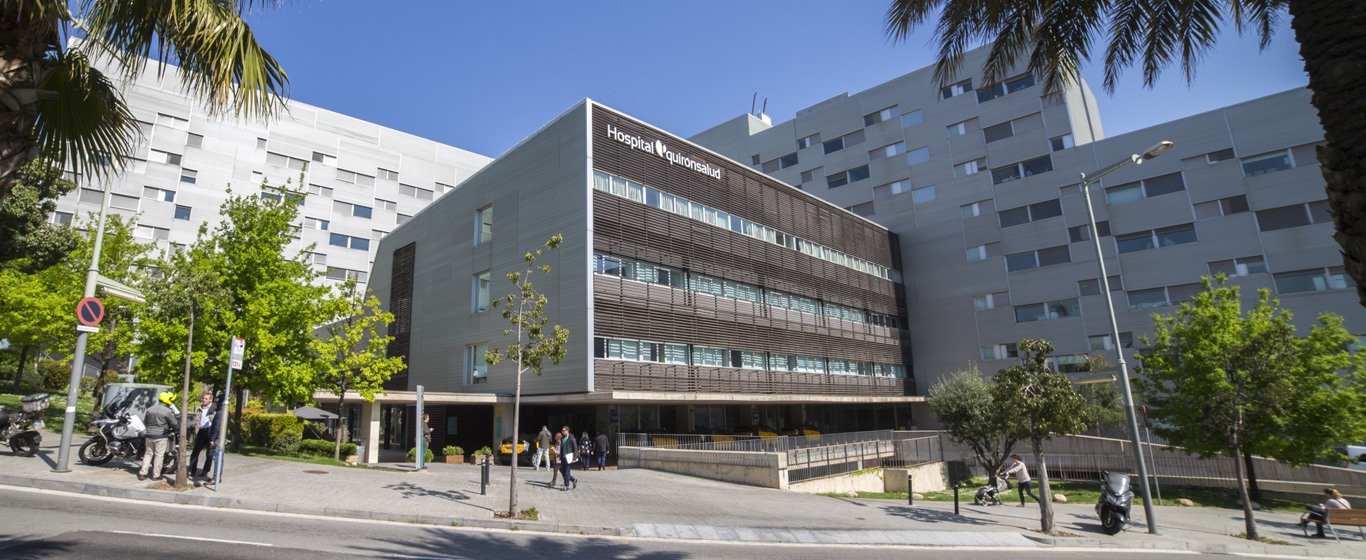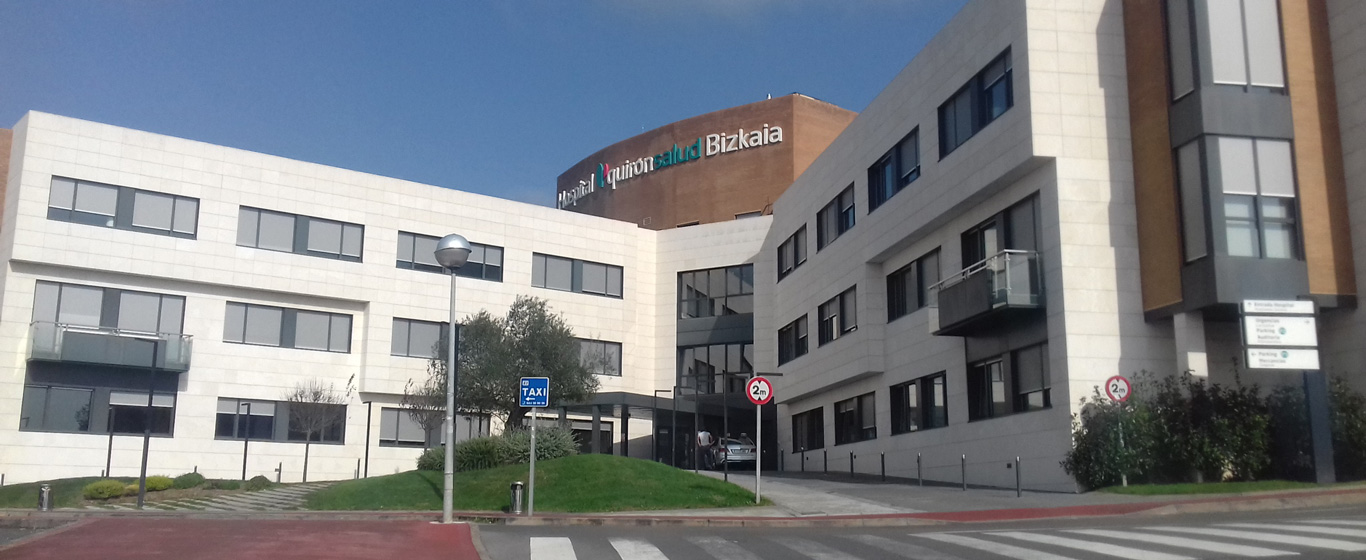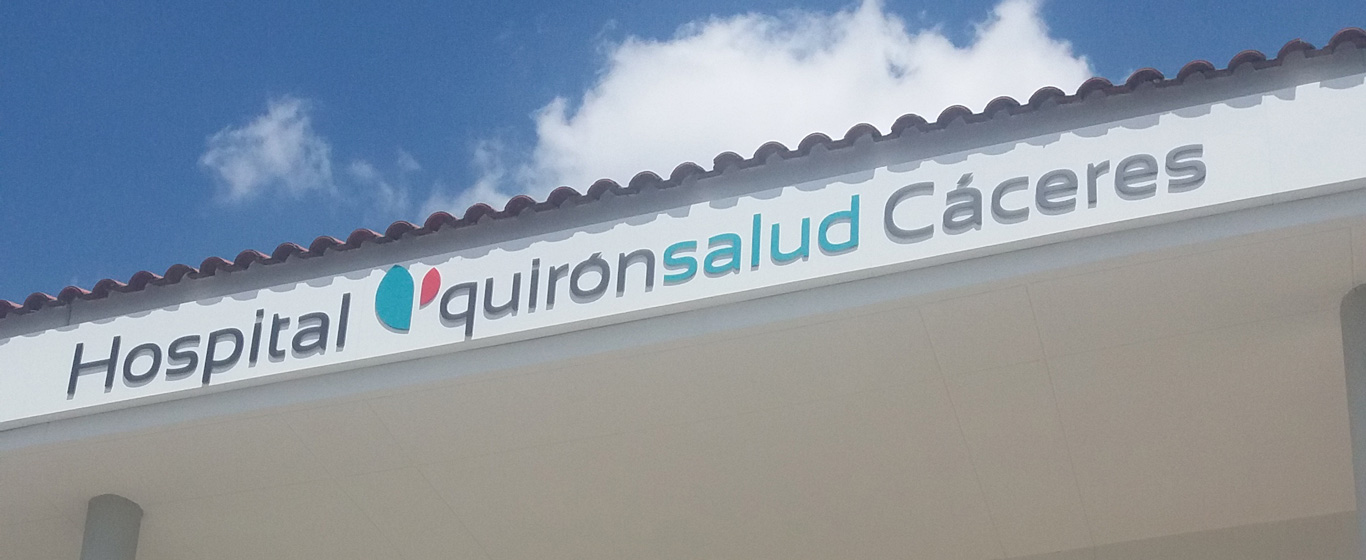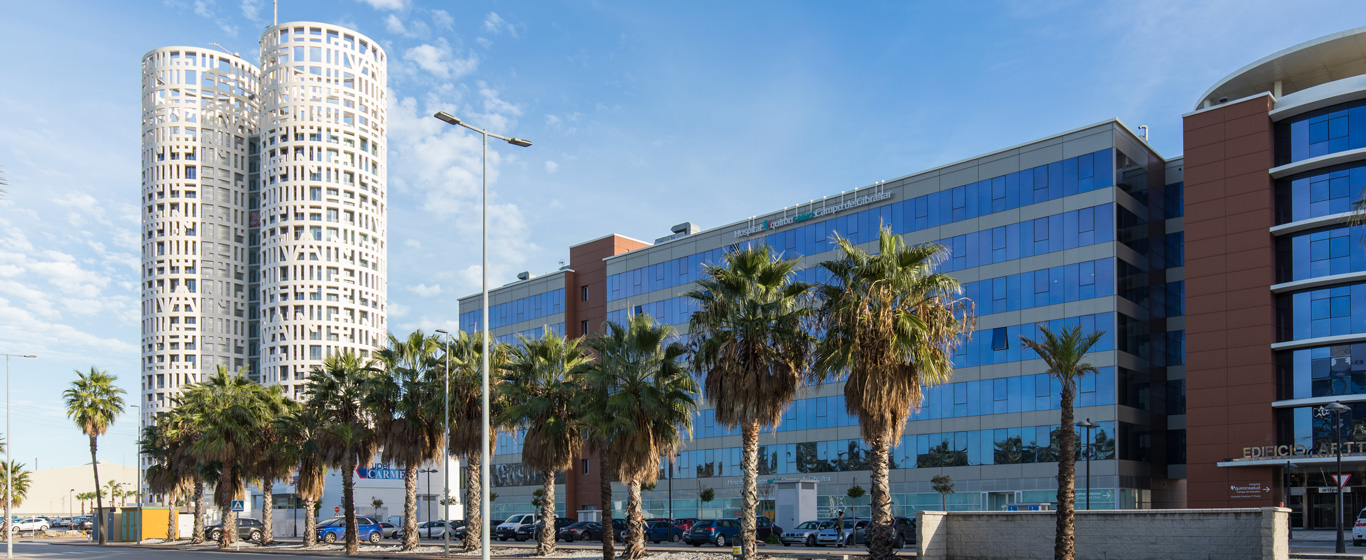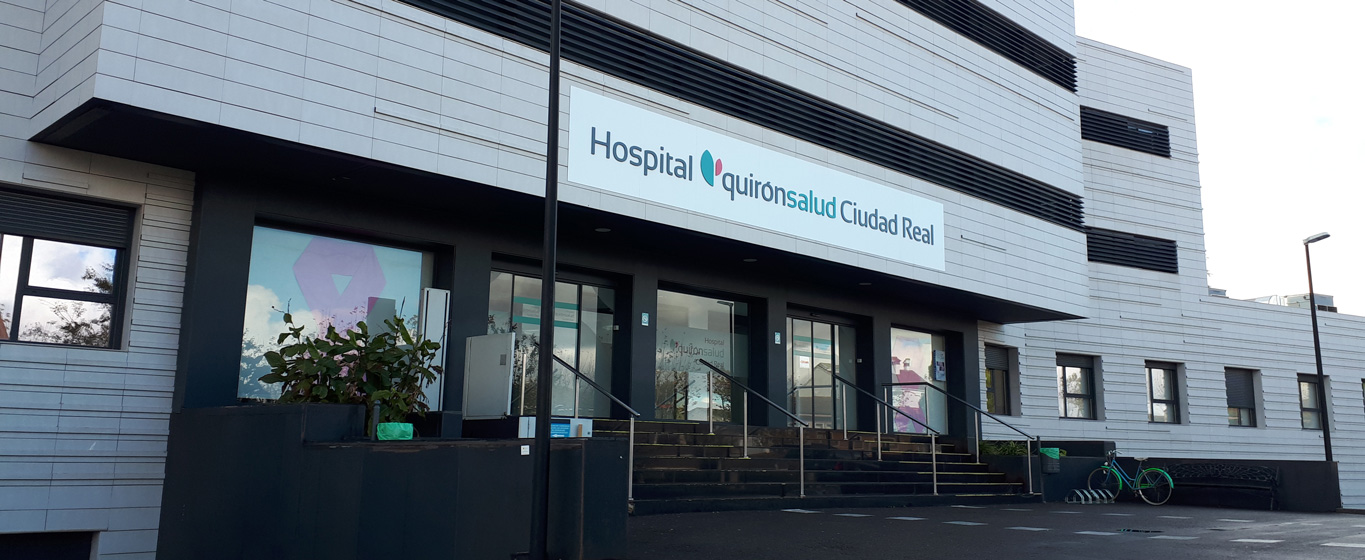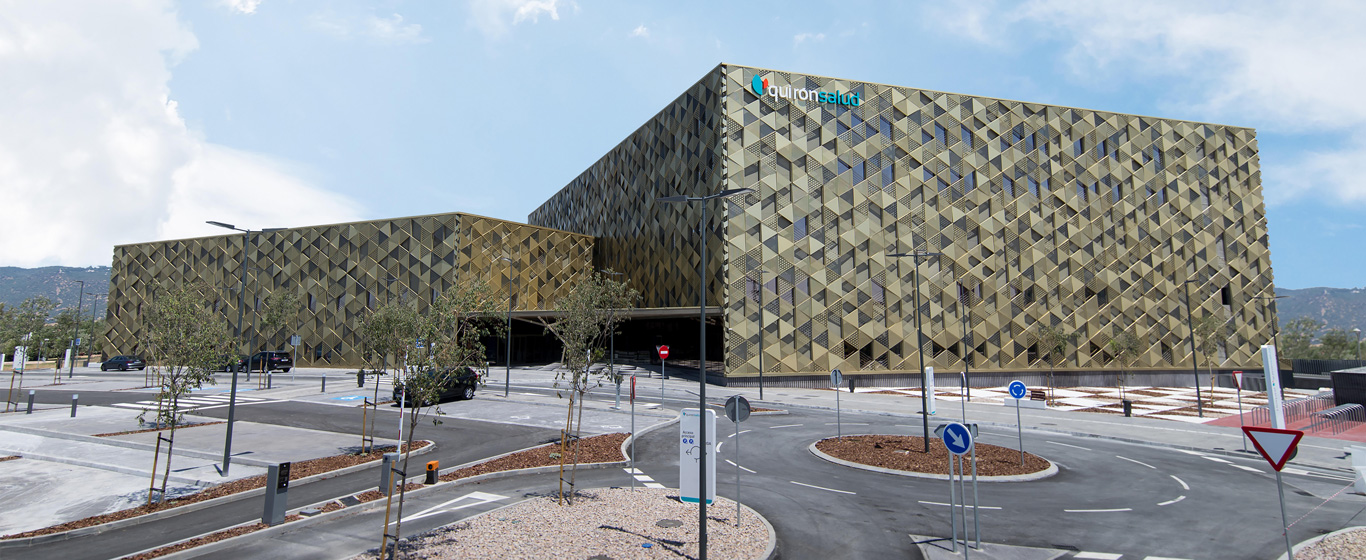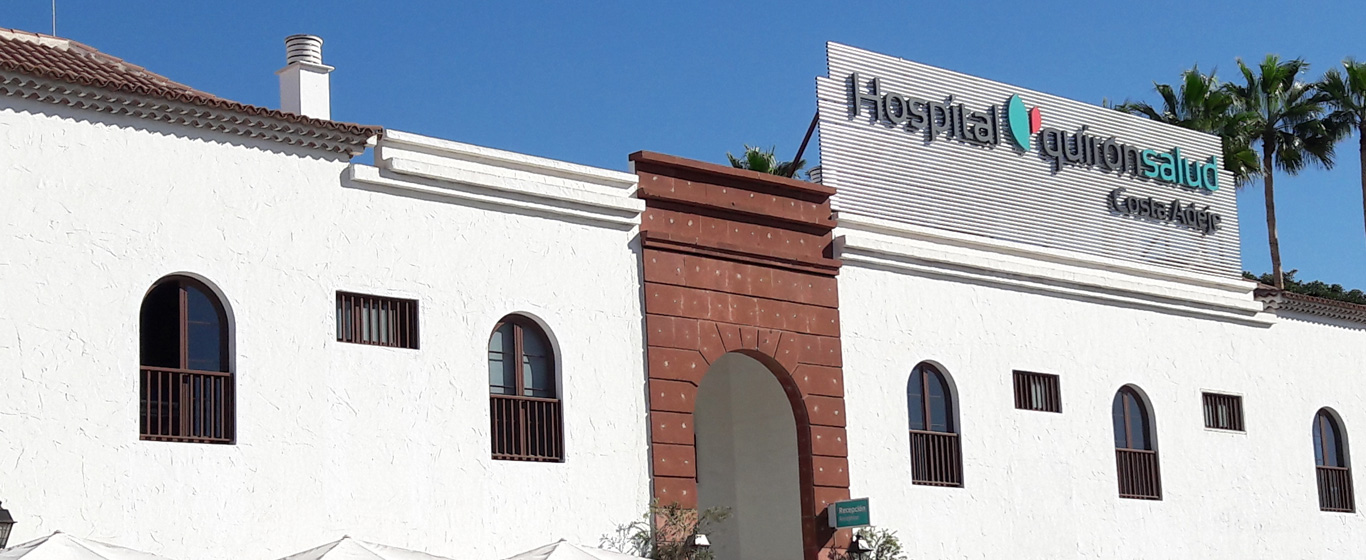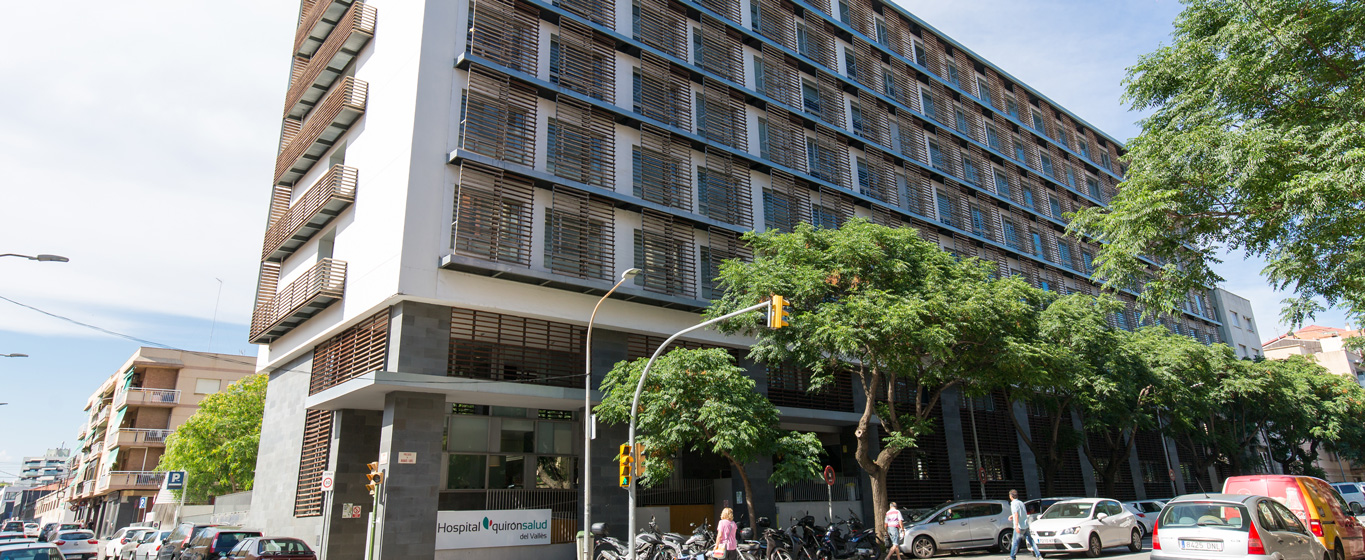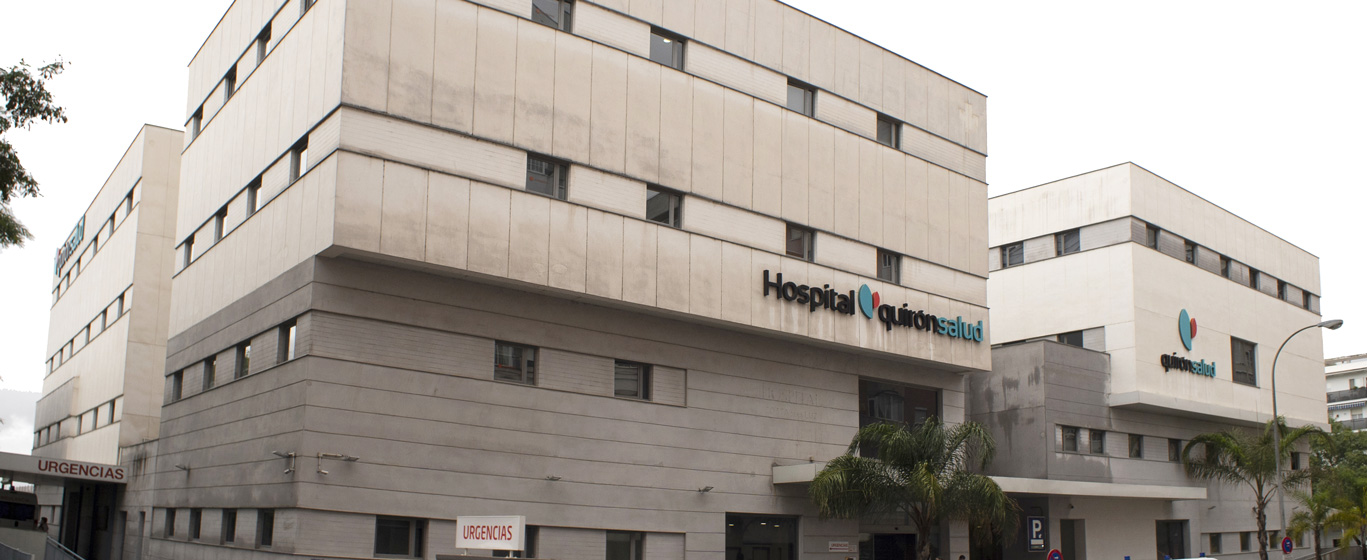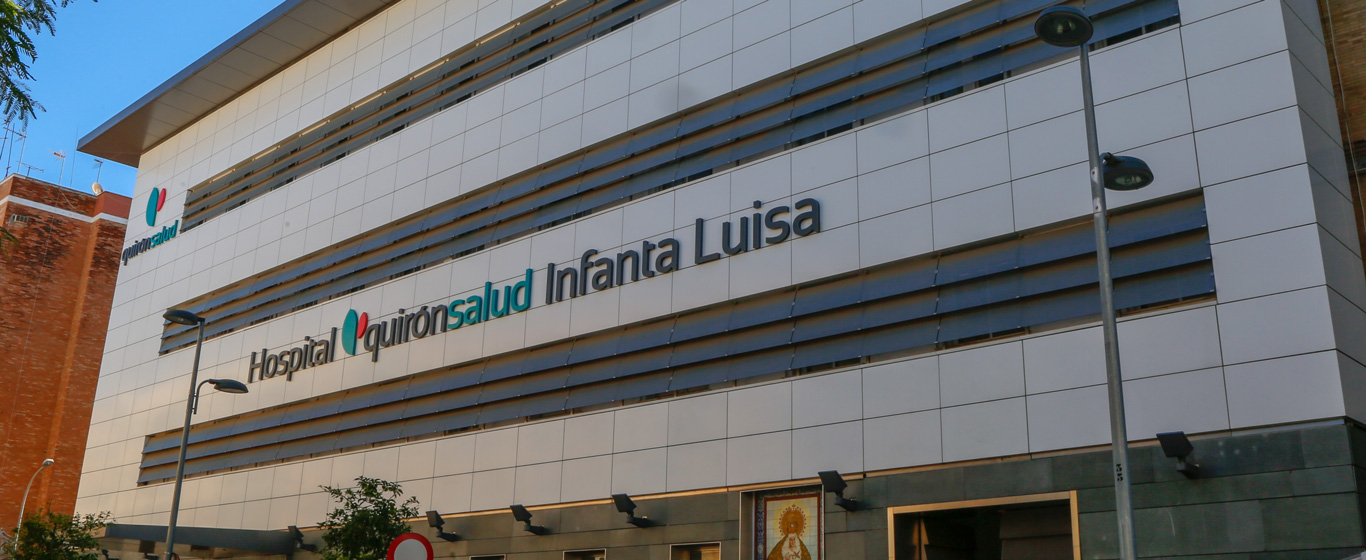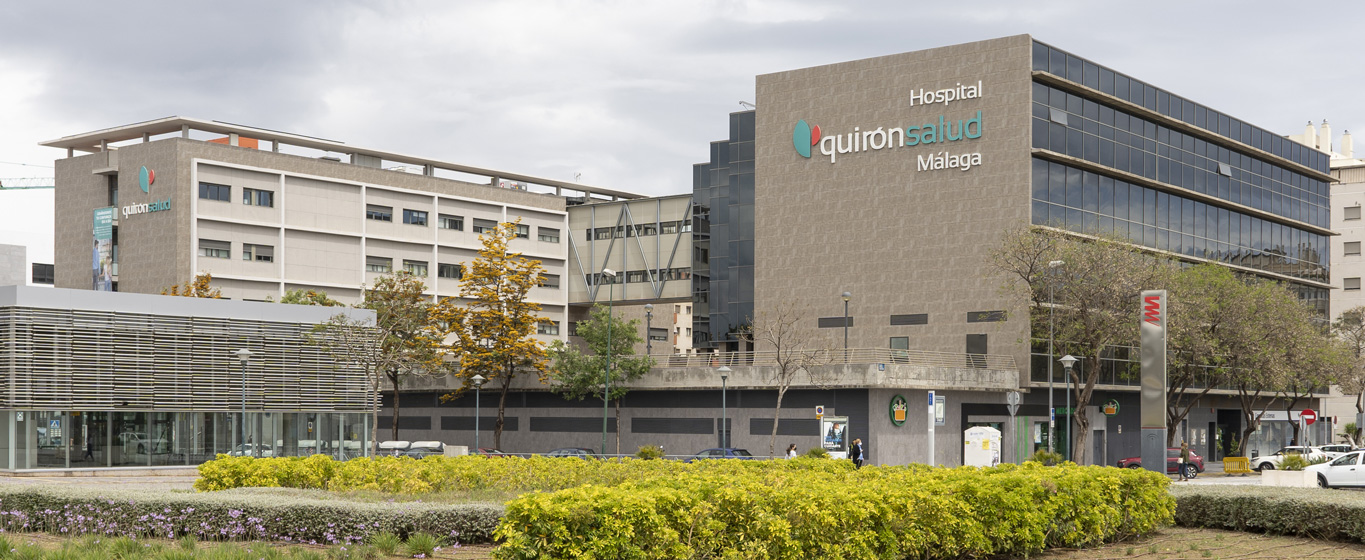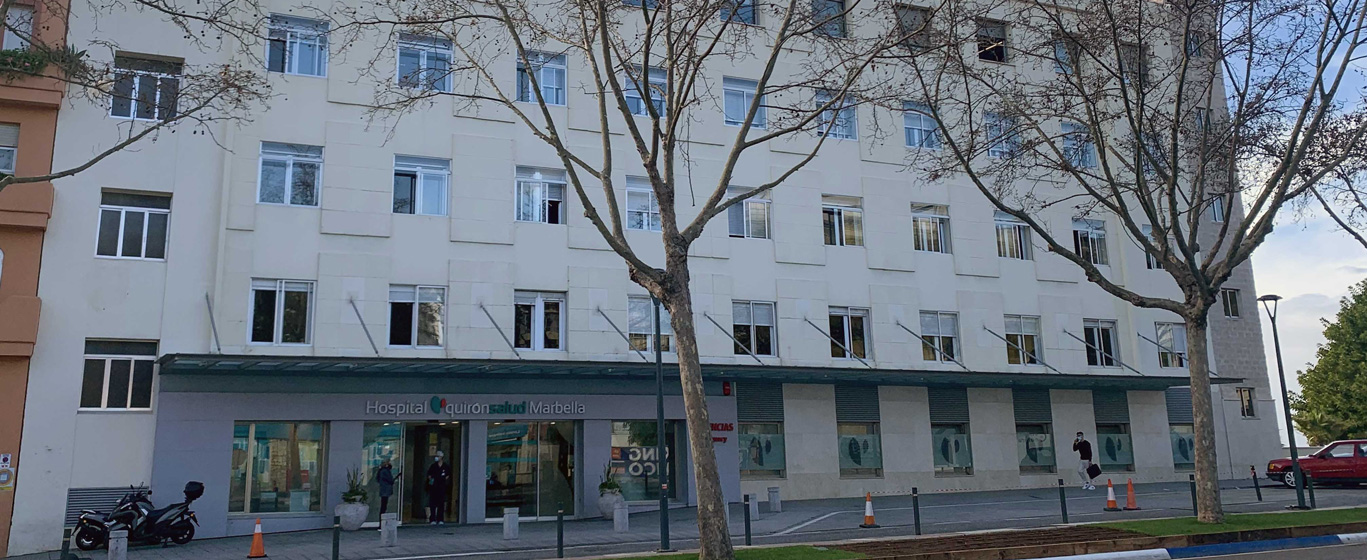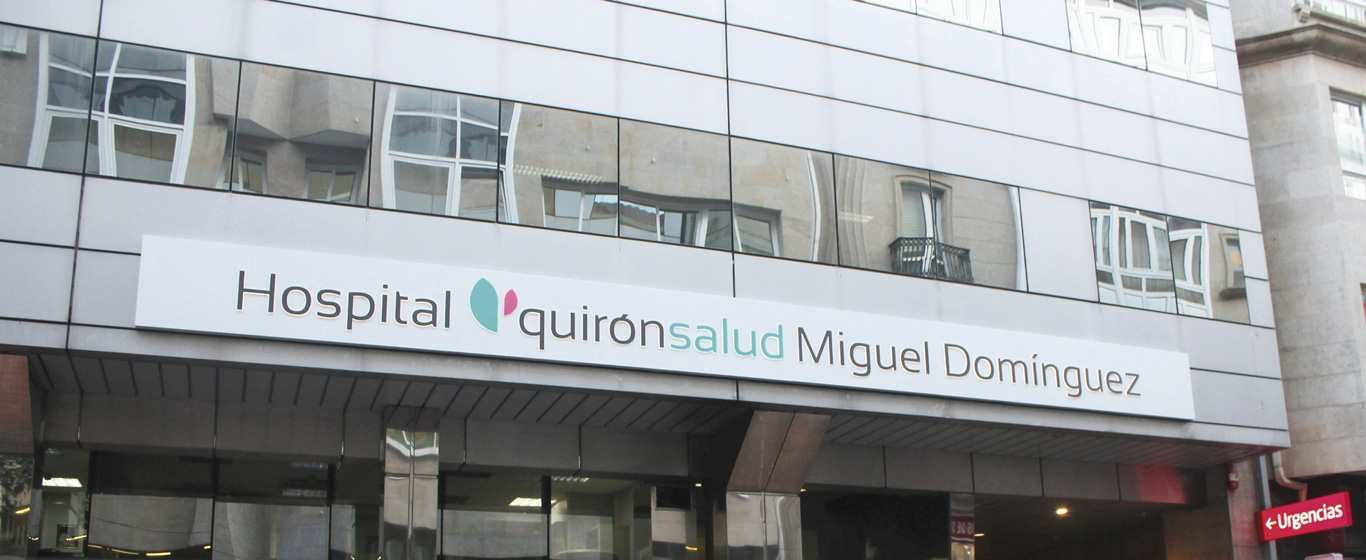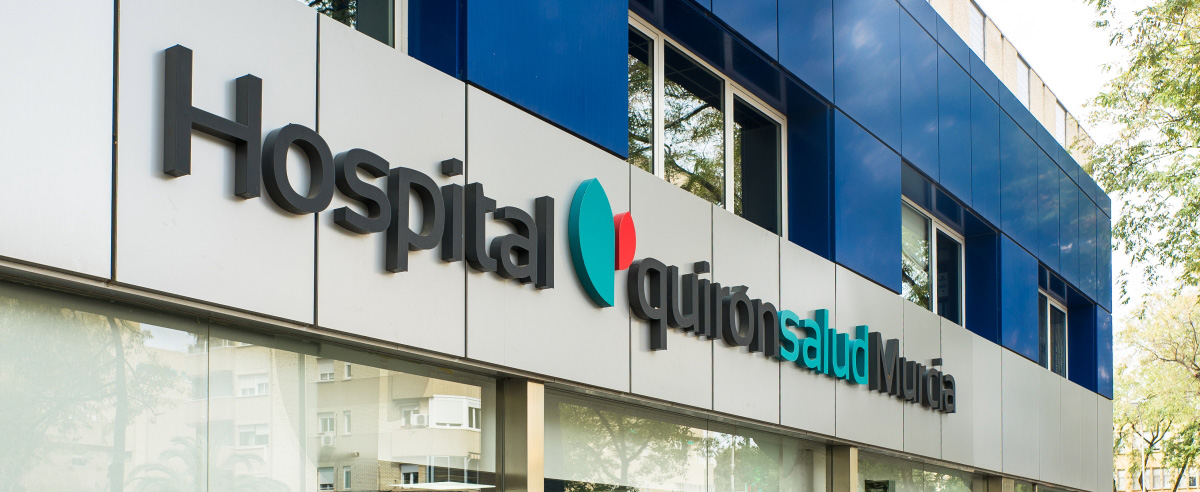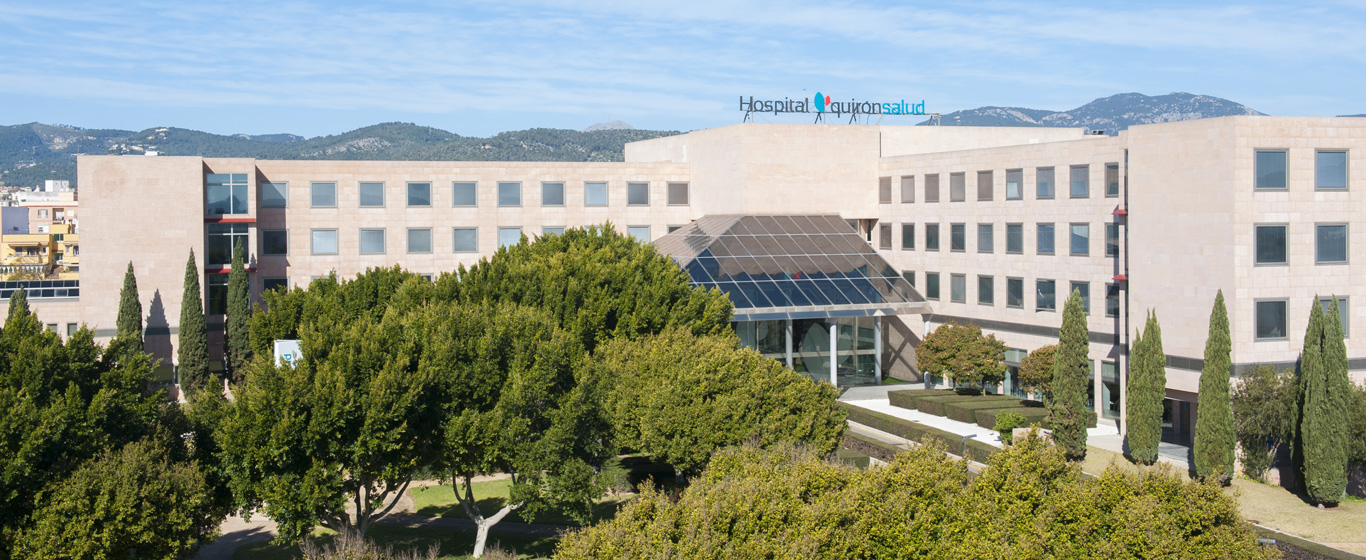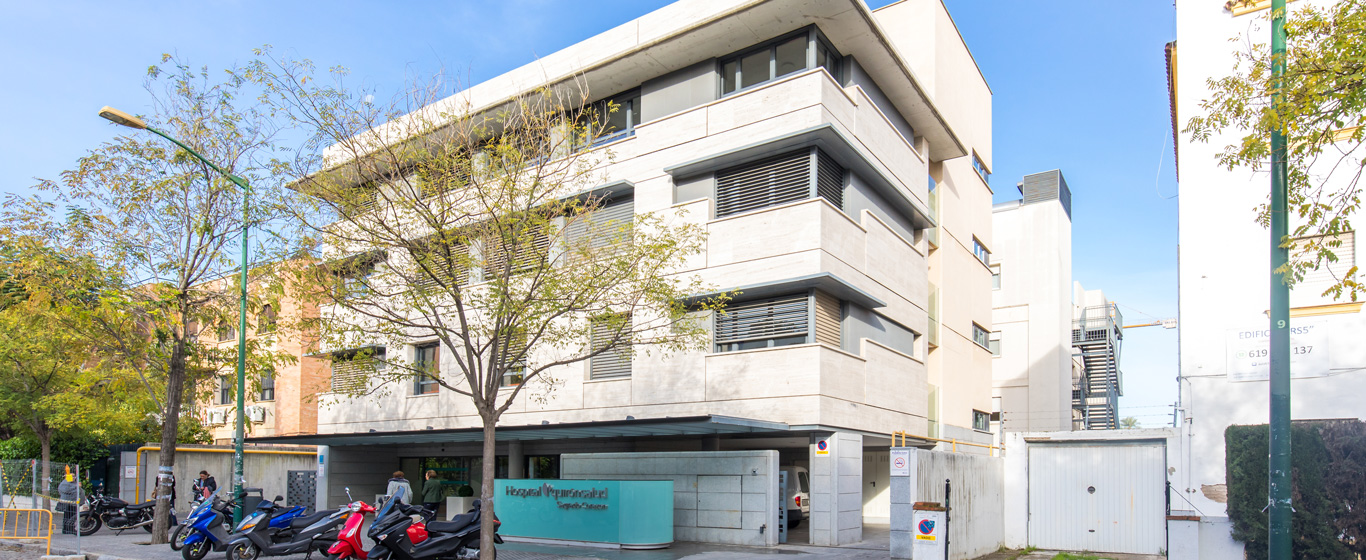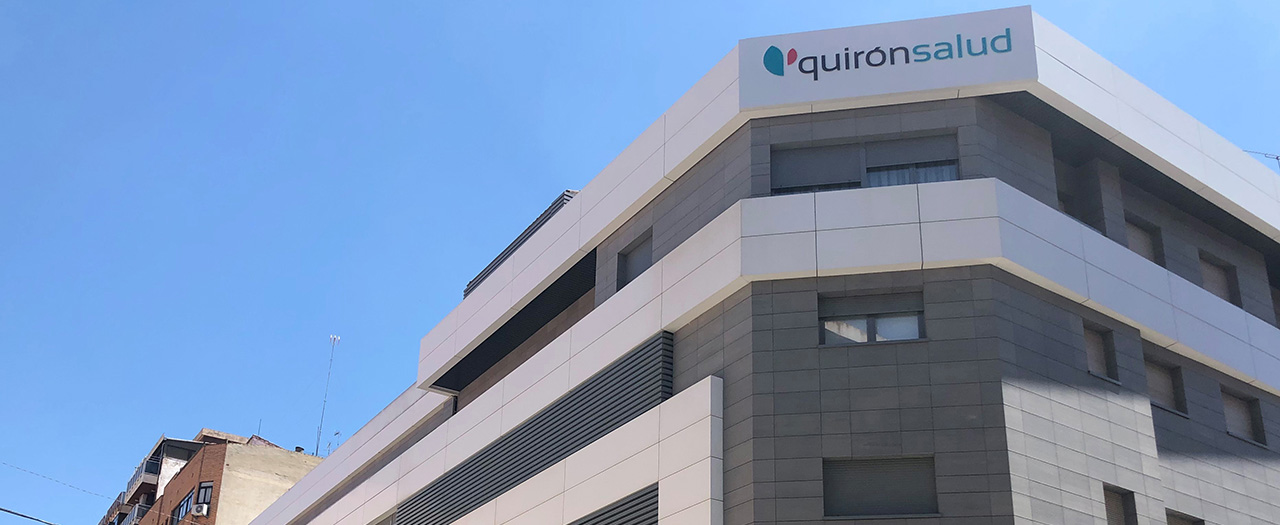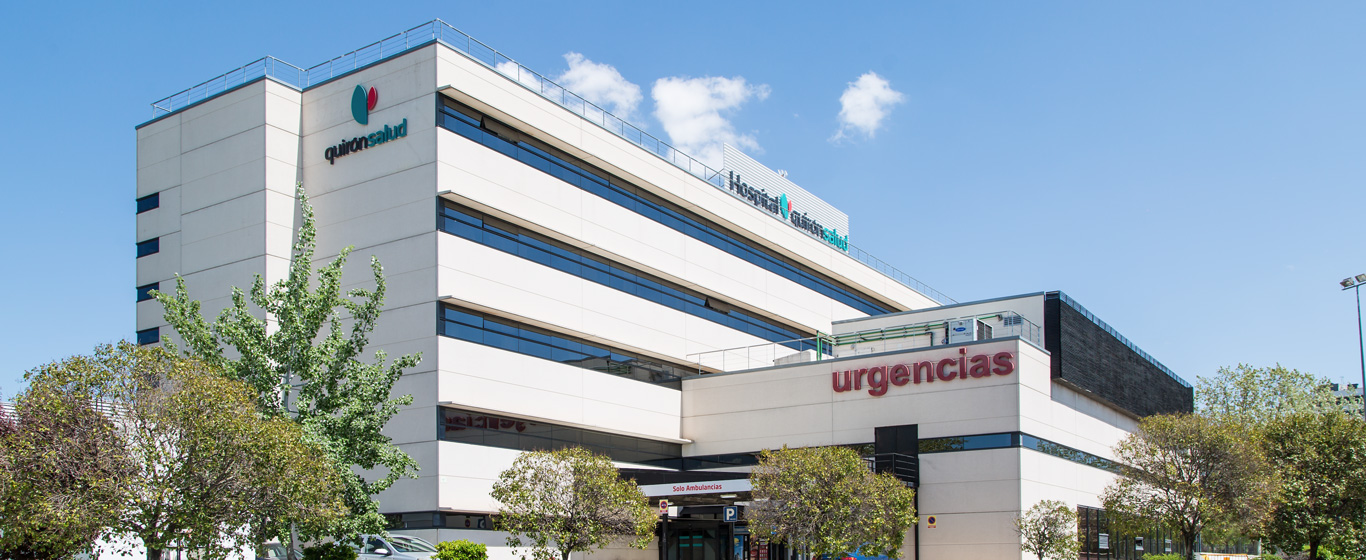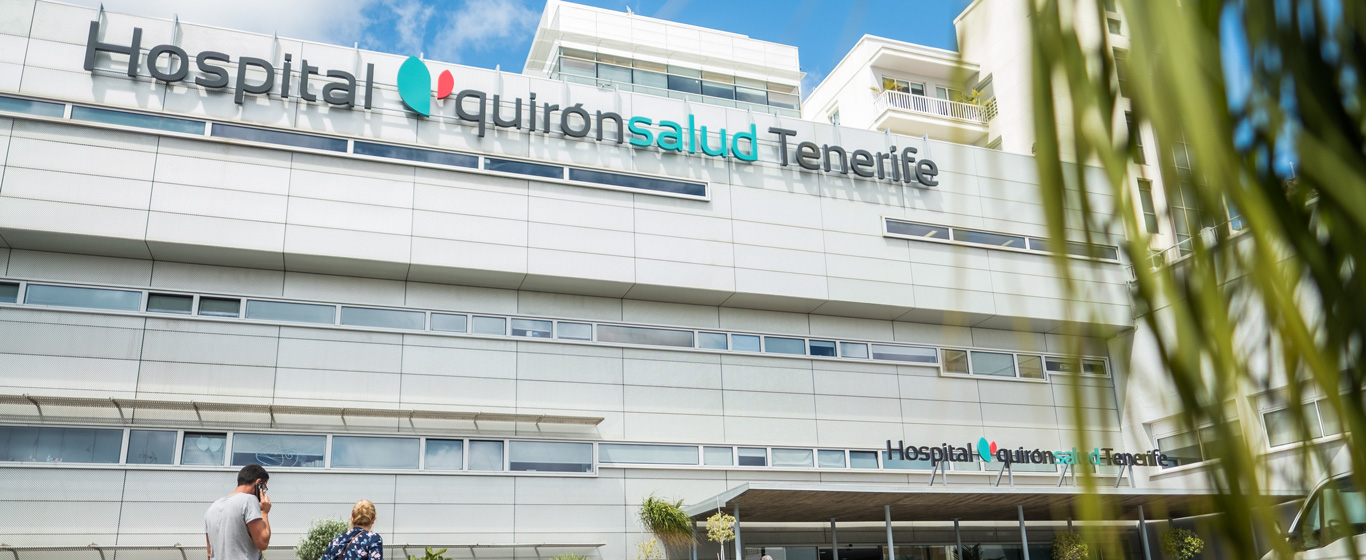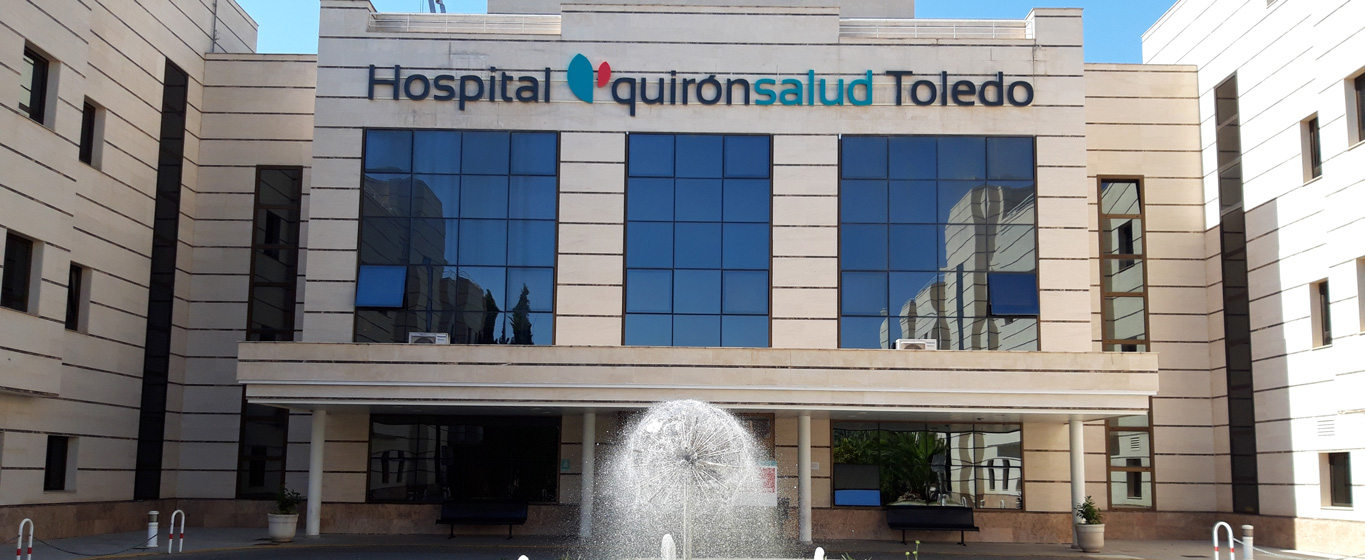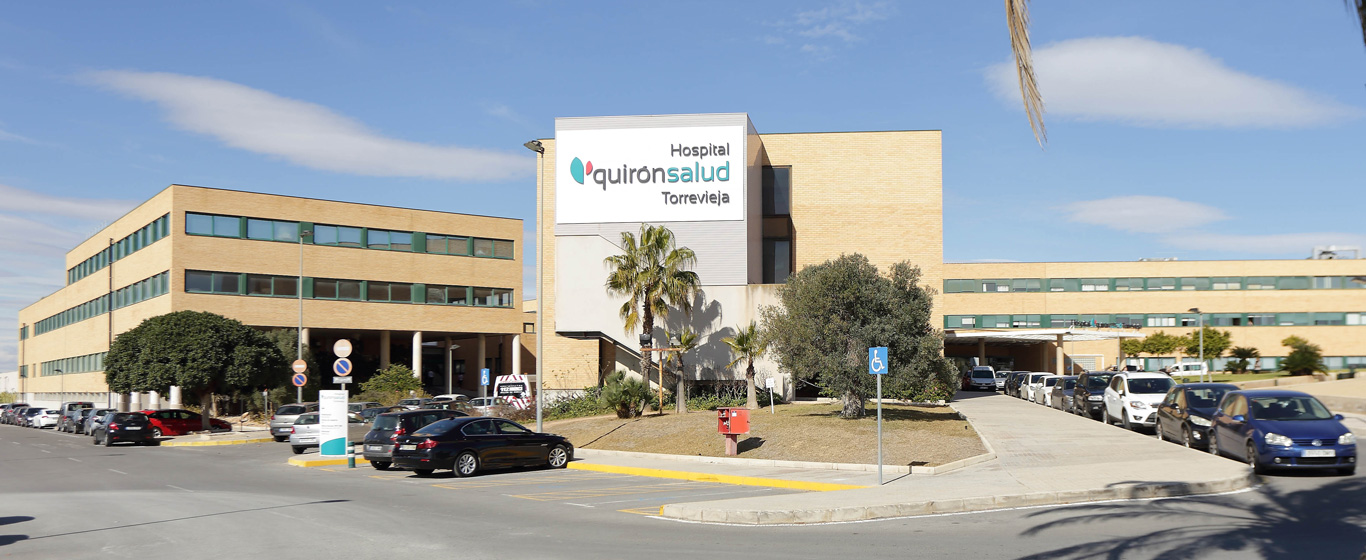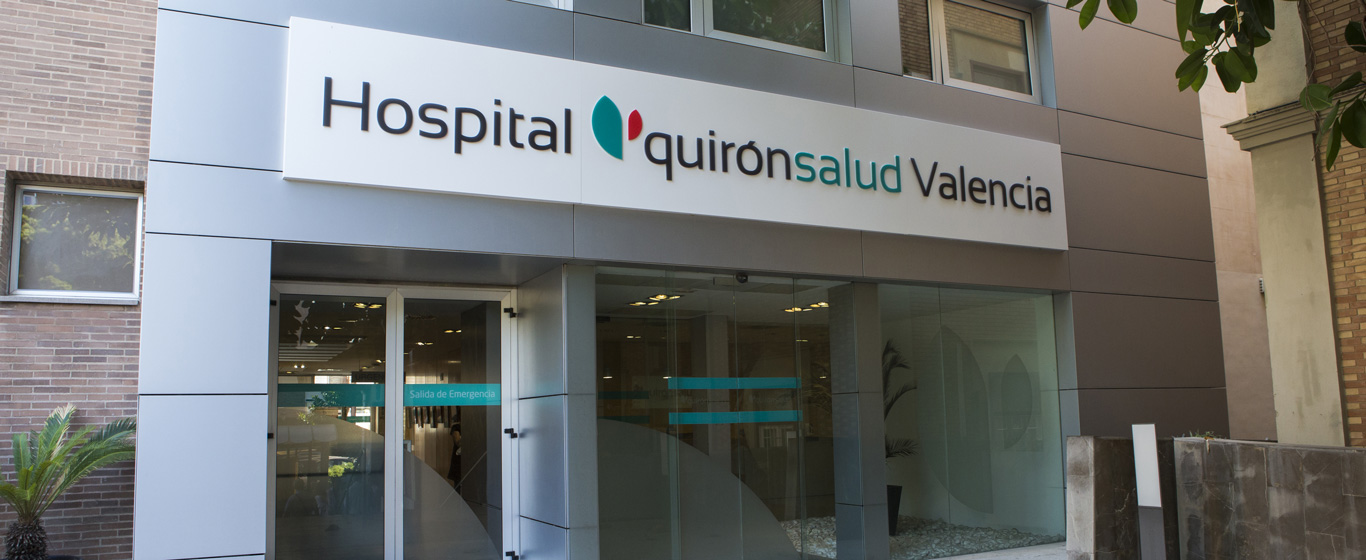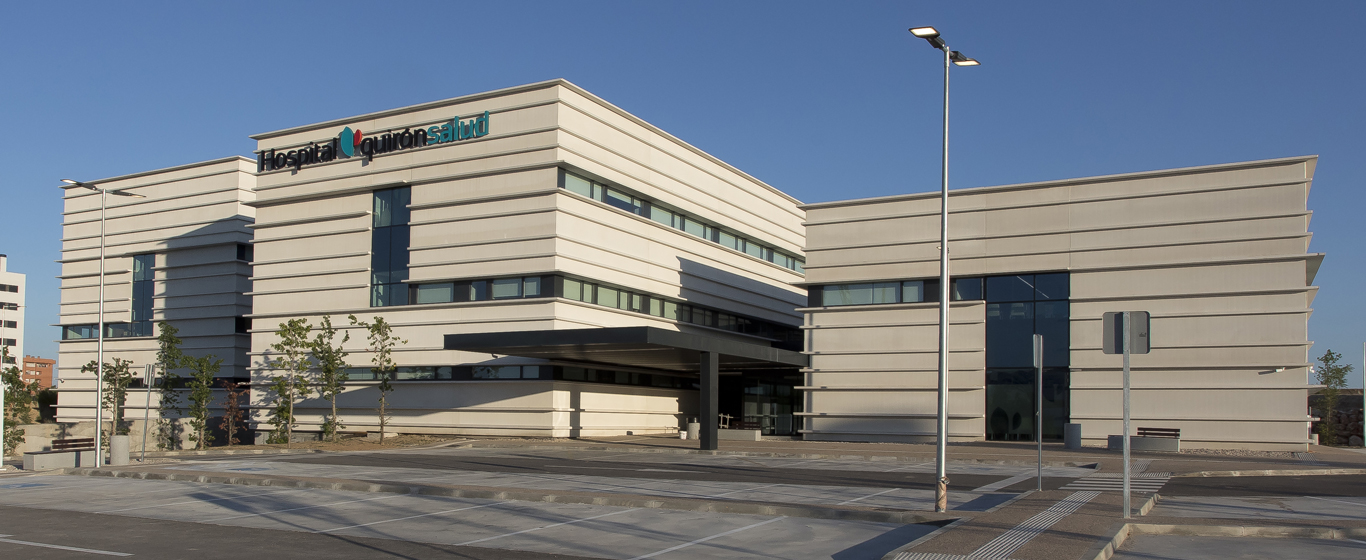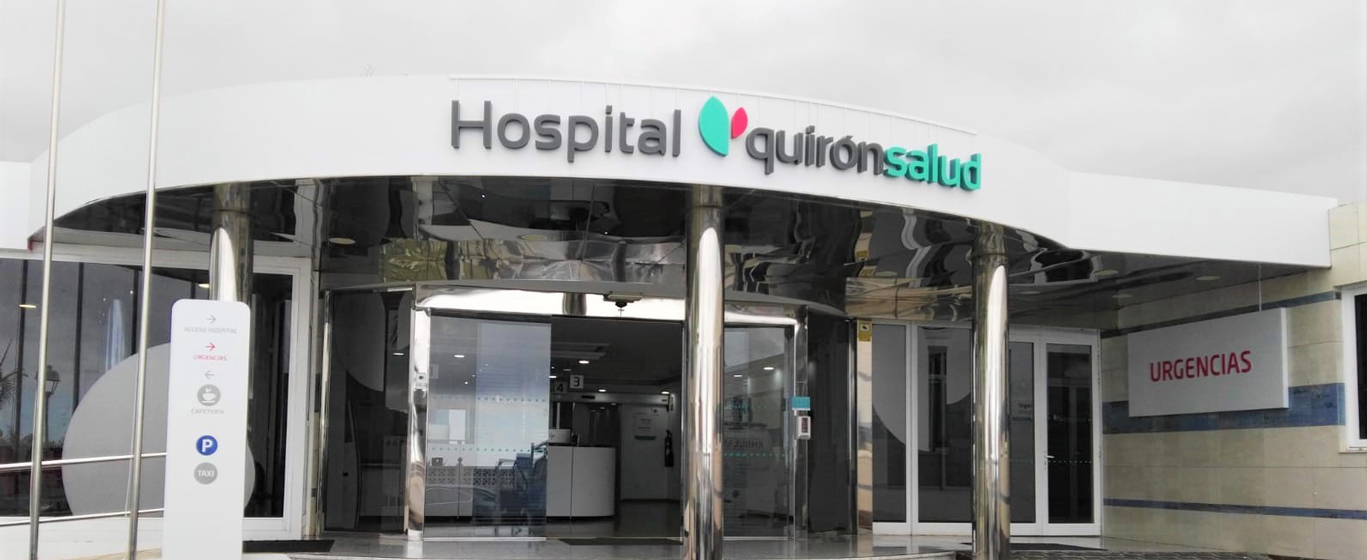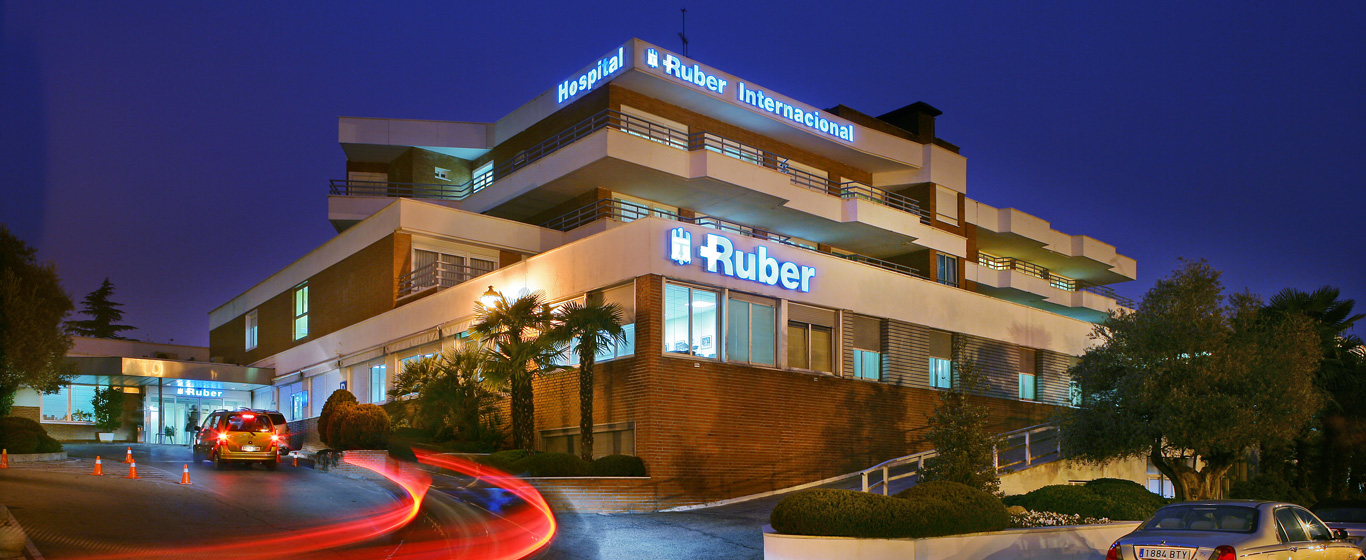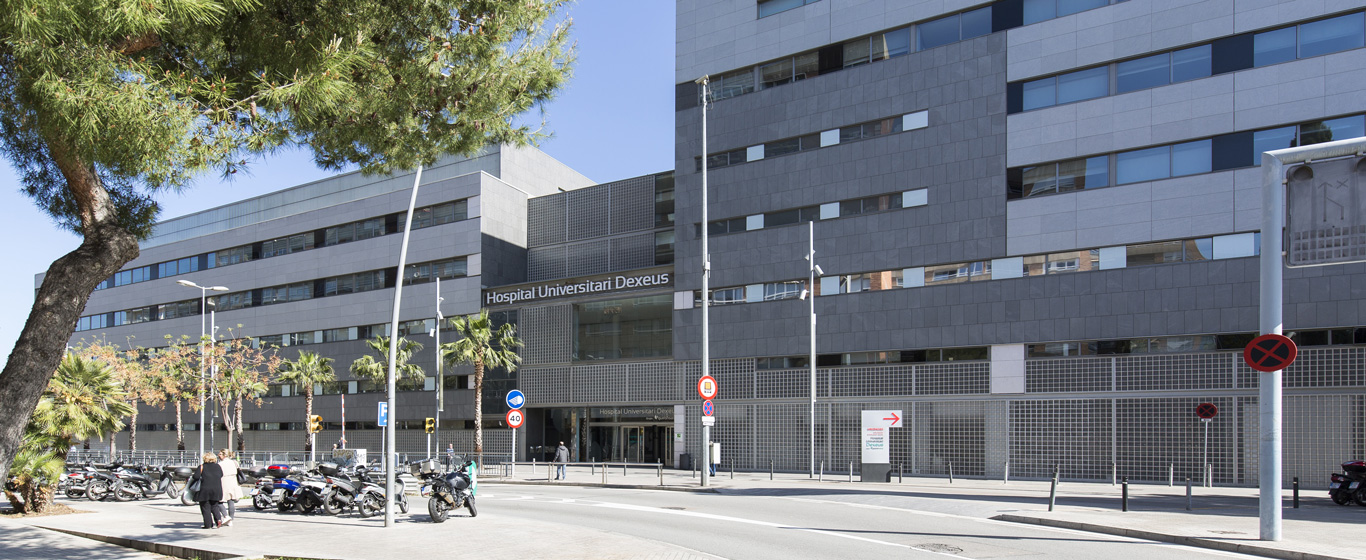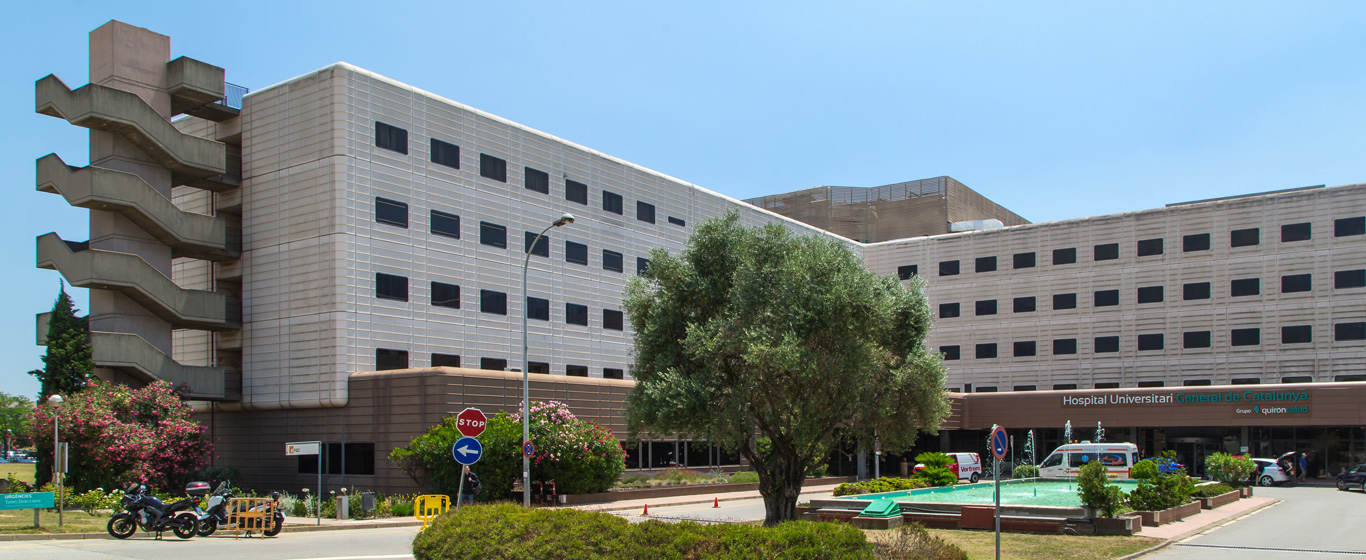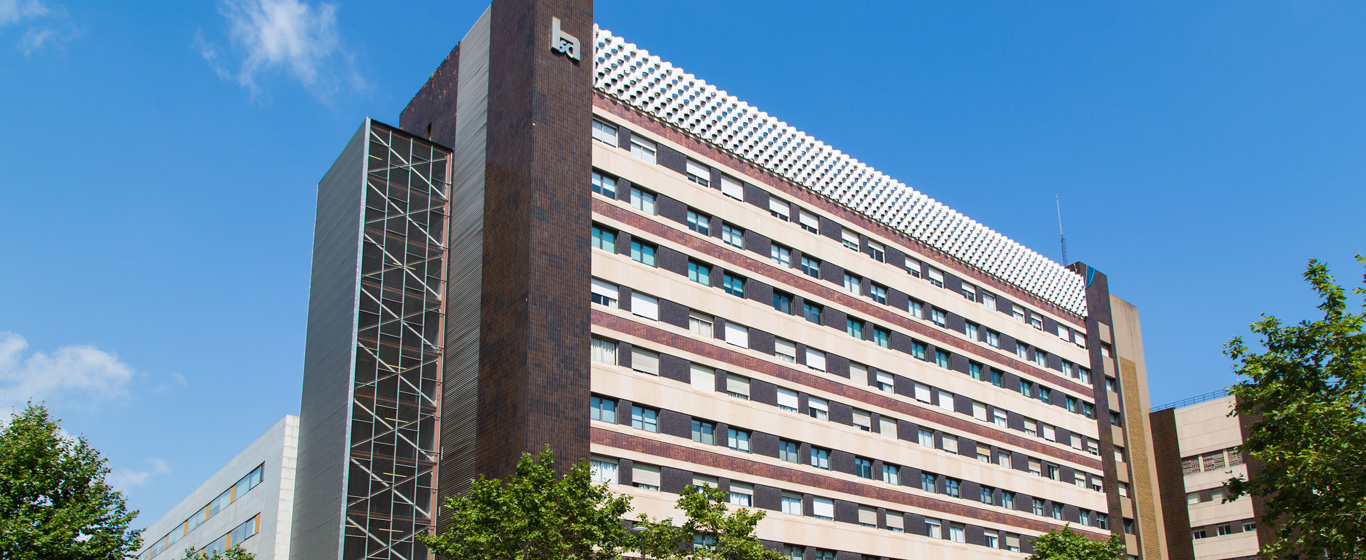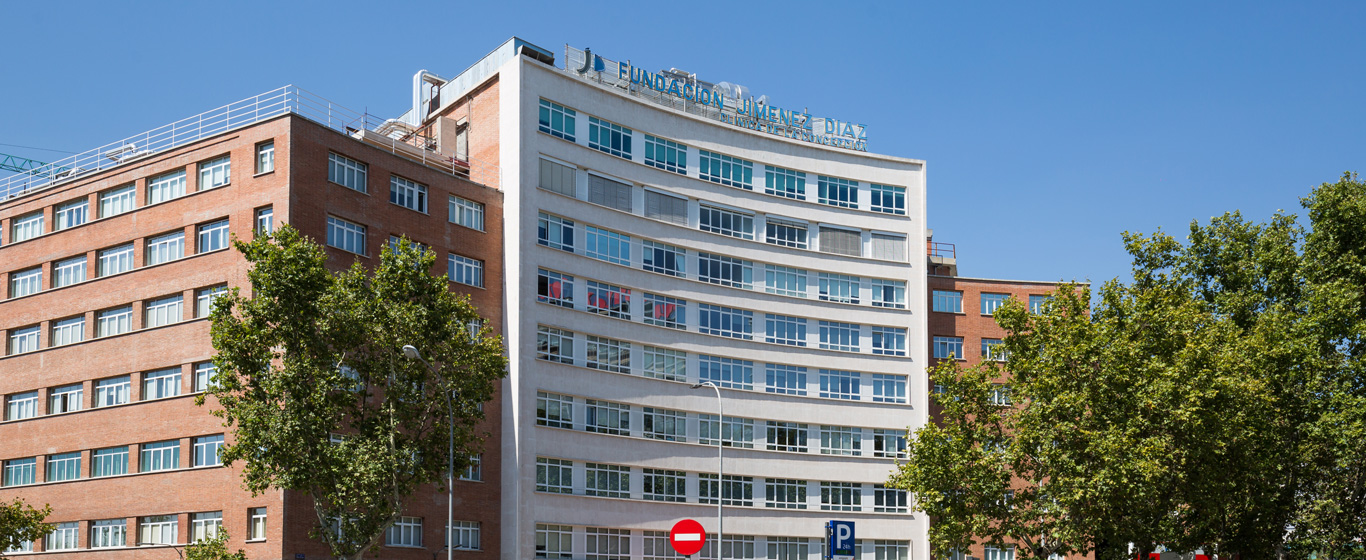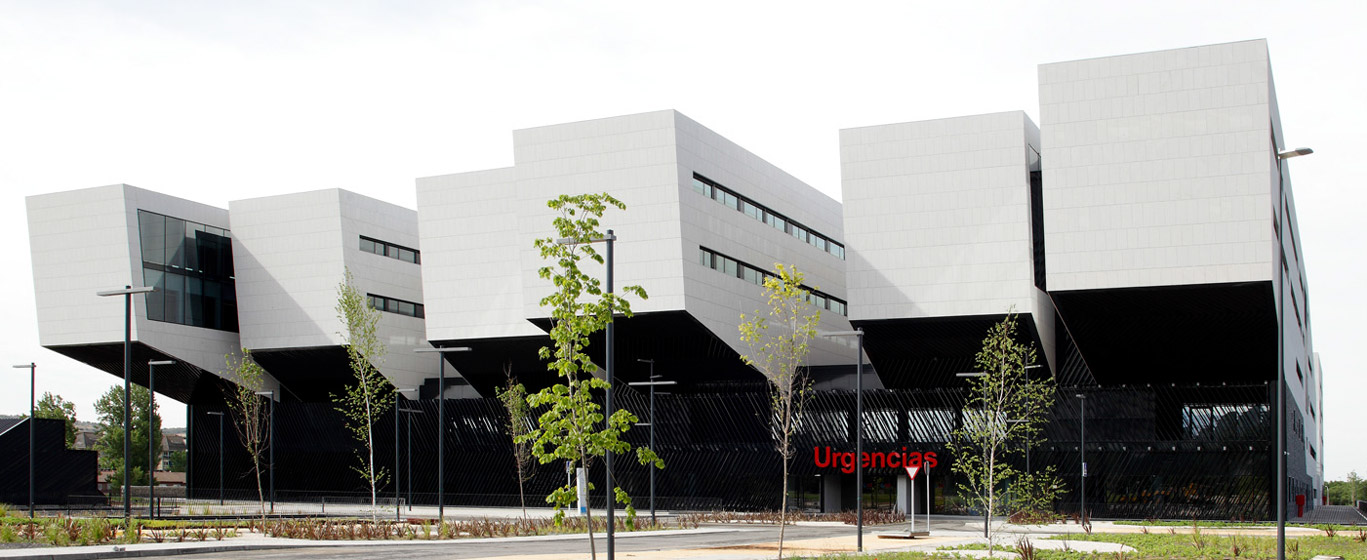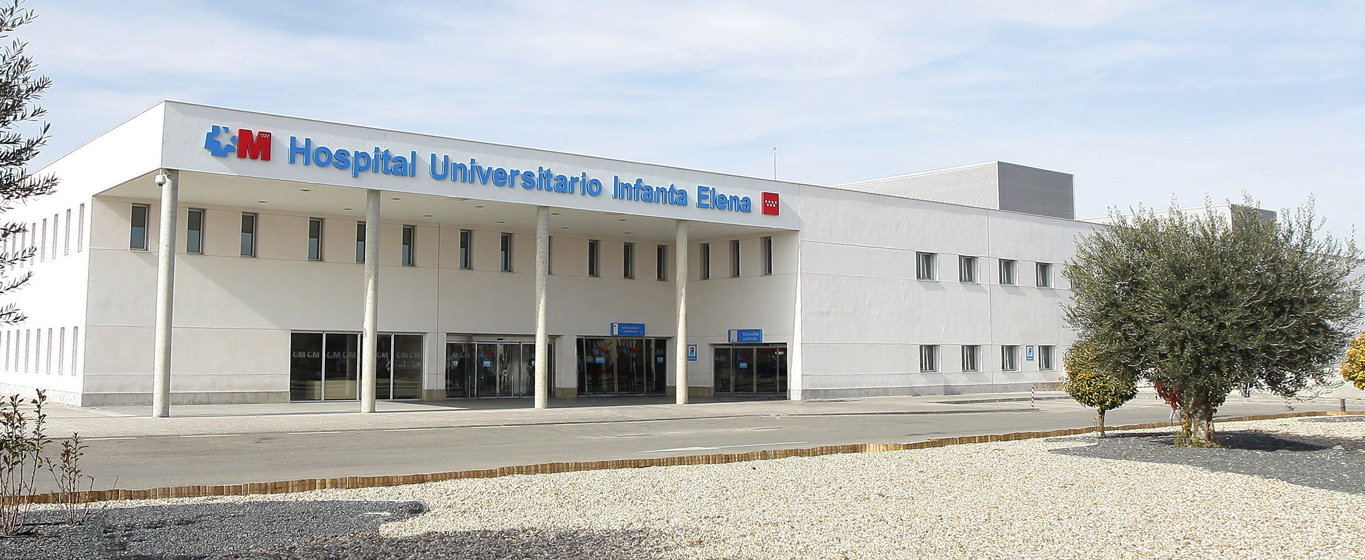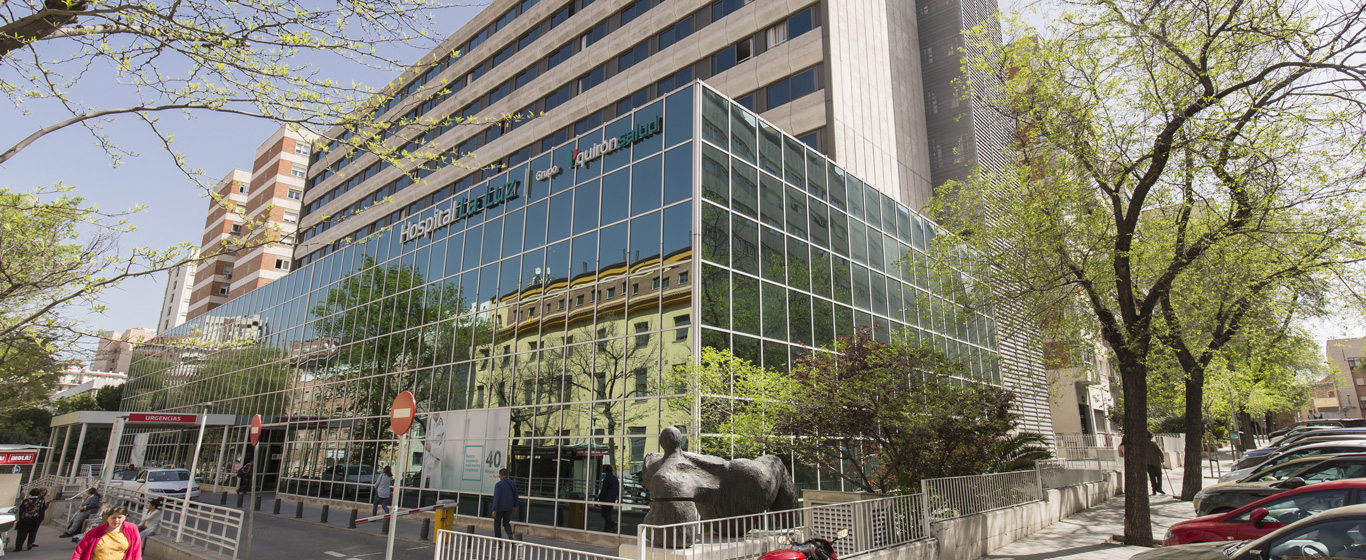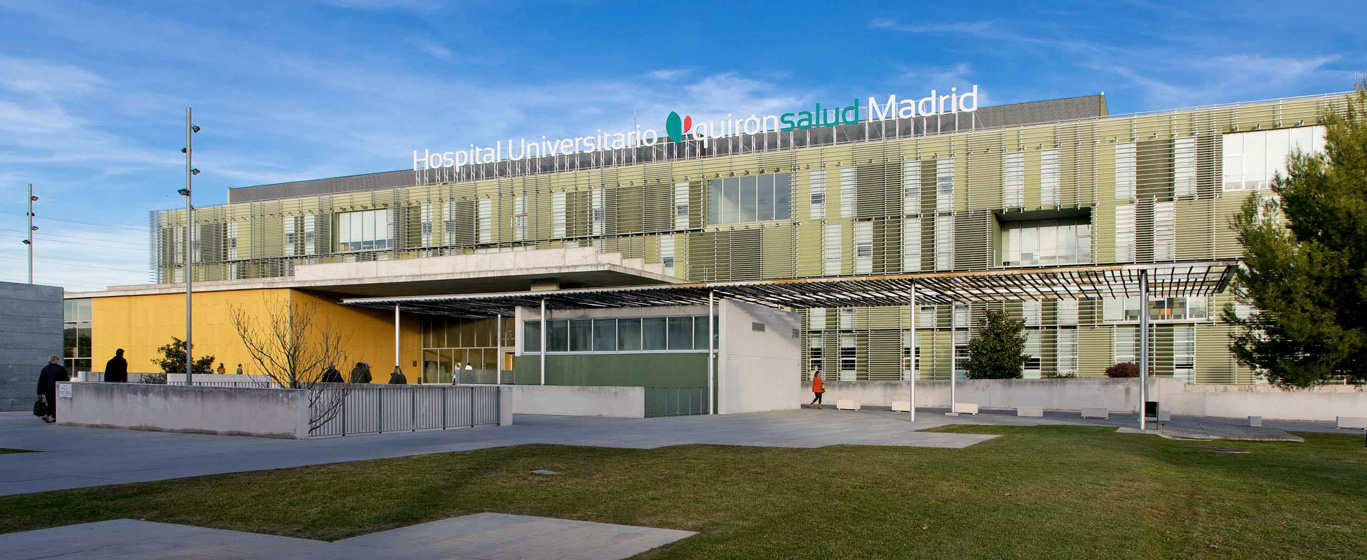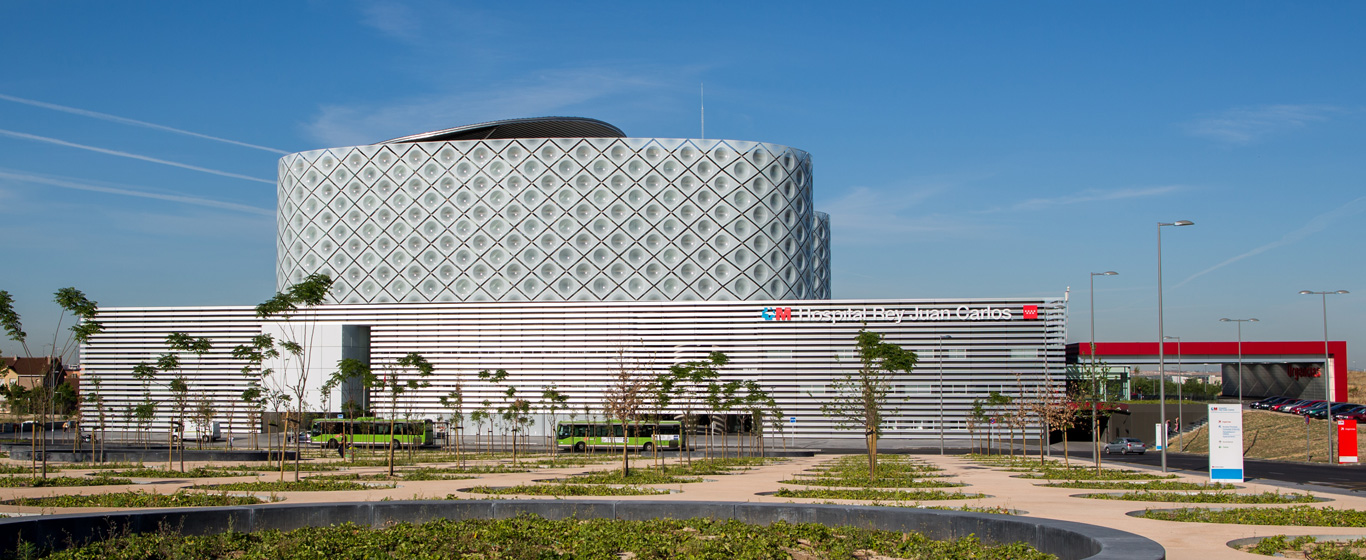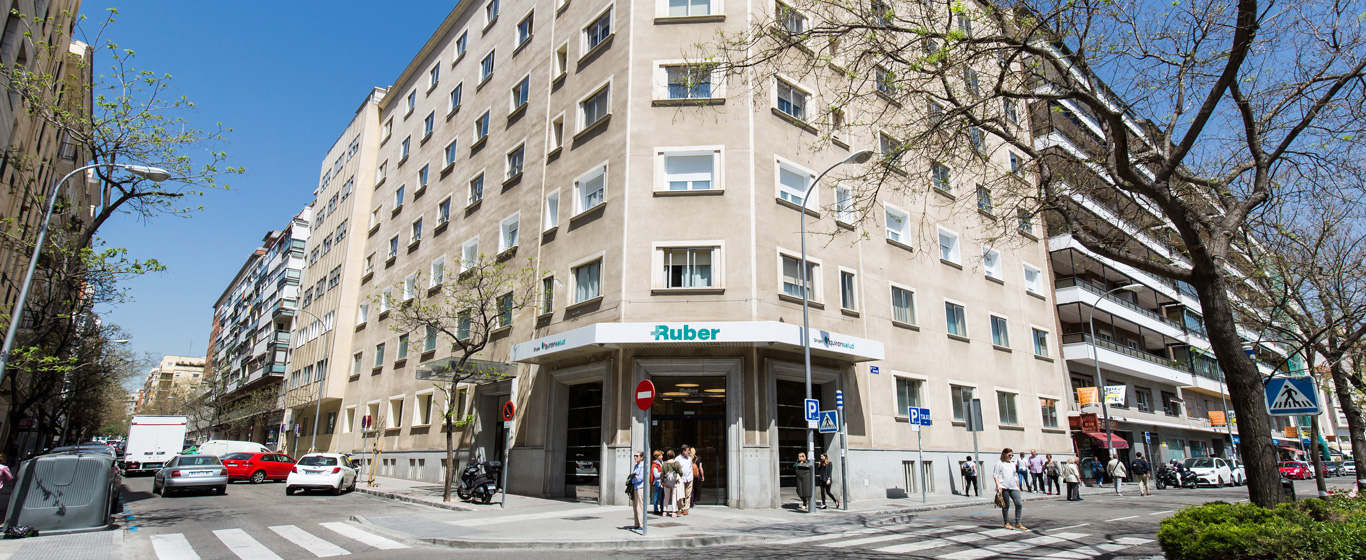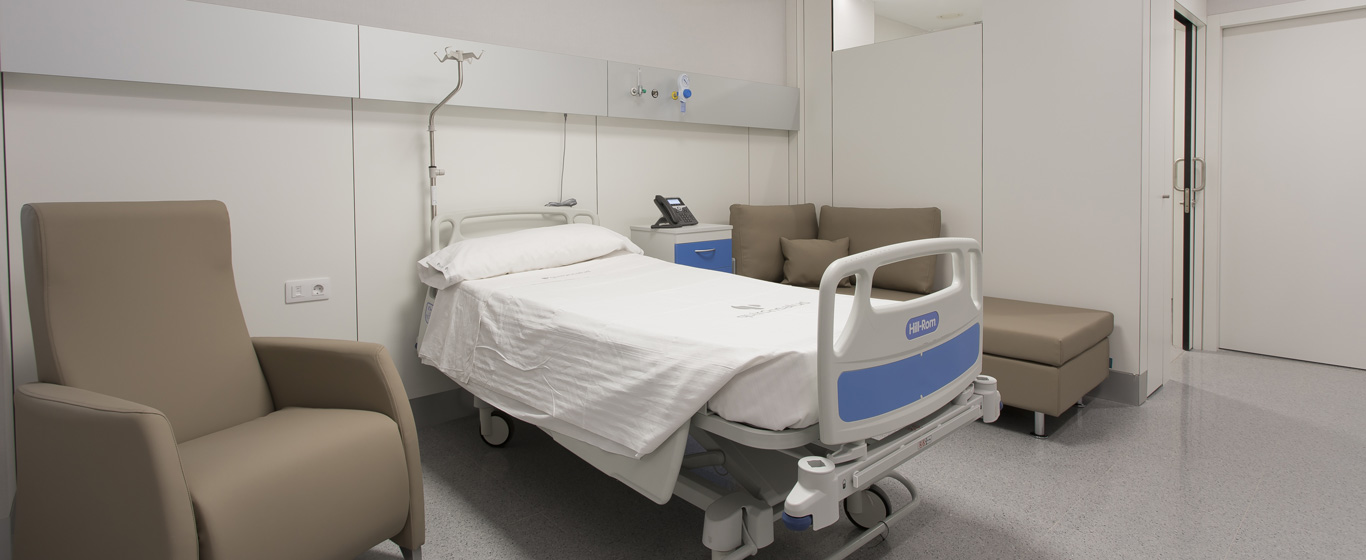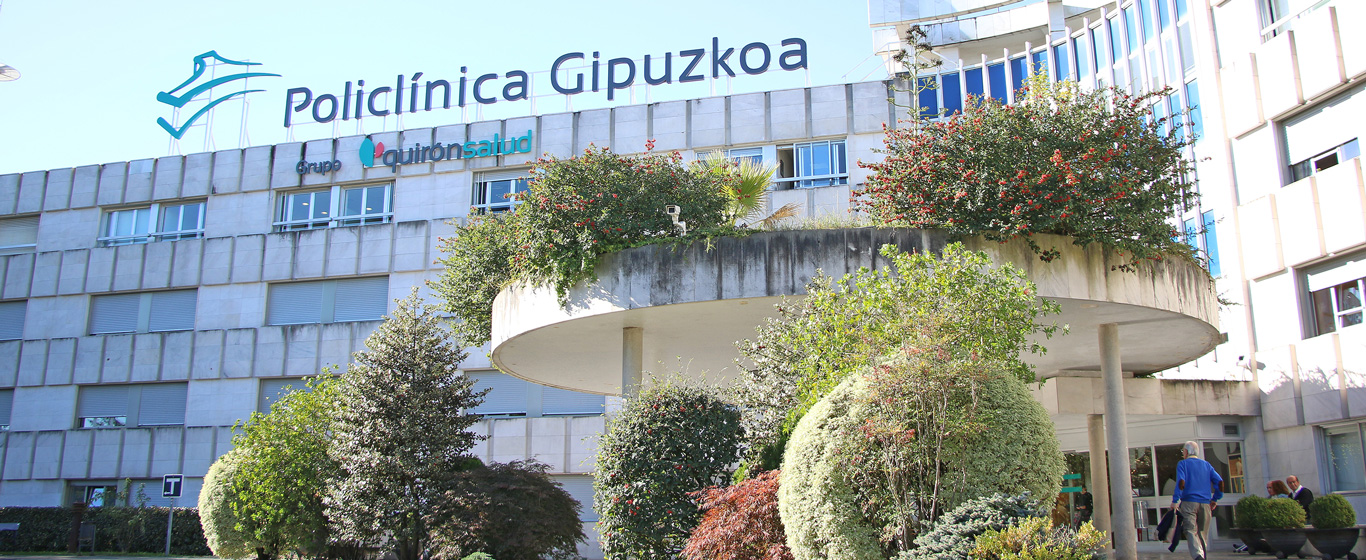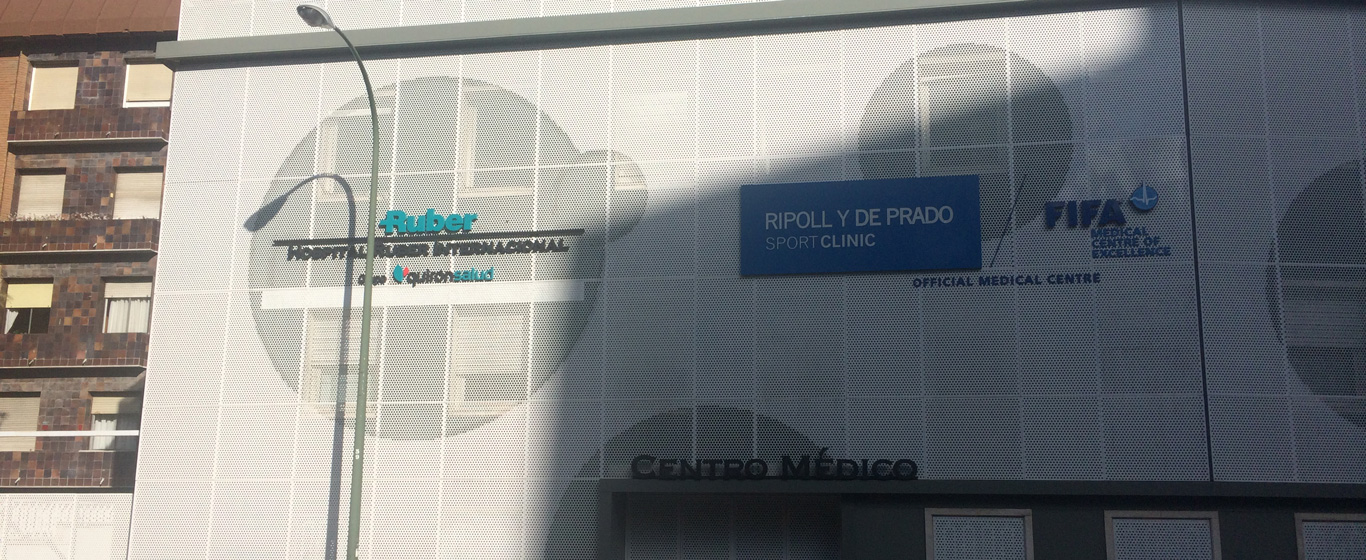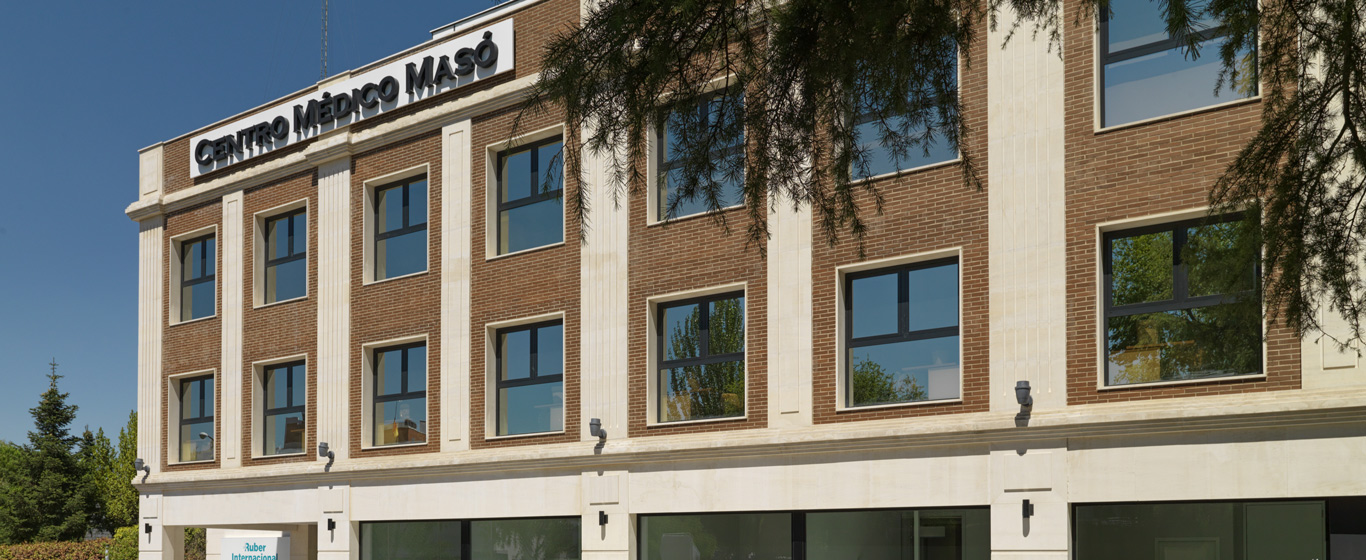Sialography and Sialoendoscopy
Sialography is a diagnostic test that provides radiographic images of the salivary glands and ducts by injecting an opaque contrast medium. Sialoendoscopy, on the other hand, involves the insertion of a flexible tube, which includes a light and camera, into the salivary ducts to visualize the structures and perform therapeutic interventions.

General Description
Sialography and sialoendoscopy are two diagnostic procedures used to examine the salivary glands and ducts. The salivary glands are three, each in pairs: the parotids (located in front and below the ears), the submandibulars (under the jaw), and the sublinguals (under the tongue). These glands drain saliva into the mouth through the Wharton duct in the case of the submandibulars, and the Stenson duct for the parotids. The ducts of the sublingual glands drain into the Wharton duct.
Sialography is a radiological technique that combines the application of ionizing radiation (X-rays) with the injection of an opaque contrast medium to obtain images of the glands and ducts, while sialoendoscopy uses an endoscope for direct exploration.
When are they indicated?
Both tests aim to identify any abnormalities in the salivary glands or ducts that may cause dysfunction, obstruction, or blockage:
- Sialolithiasis: formation of stones (calculi) in the salivary glands.
- Sialadenitis: inflammation of the glands or ducts due to an infectious process.
- Sialadenosis: enlargement of the salivary glands and narrowing of the ducts.
- Neoplasms: cysts or tumors.
Thus, a sialography or a sialoendoscopy is indicated when the patient presents symptoms such as pain, swelling, secretion of blood or pus, absence of saliva, or excessive saliva.
Additionally, sialoendoscopy is used as a method of intervention and treatment in cases of obstruction, narrowing, stones, or neoplasms. Sialoendoscopy offers an early and minimally invasive treatment pathway that avoids open surgery and the partial or total removal of the affected gland.
How are they performed?
To perform a sialography, it is first necessary to dilate the salivary ducts using probes of increasing diameter. Then, a cannula is inserted into the duct through which an opaque contrast medium, usually composed of iodine, is injected. Once the contrast is distributed through the gland's duct system, radiographic images are taken in two projections, front and profile.
In the case of sialoendoscopy, an endoscope, a flexible tube with a camera and light source, is inserted into the salivary duct. Saline solution is instilled through the endoscope to widen the duct. The images captured by the camera on the endoscope are displayed in real time on the associated monitor. If it is an interventional sialoendoscopy, the necessary instruments, such as extraction forceps or a laser emitter, are introduced through the endoscope.
Risks
Sialography carries the inherent risks of radiation exposure, although the emitted dose is very low and poses no real danger. There is also the possibility of developing an allergy to the contrast material, as well as causing an infection in the gland or injury to the duct. However, these complications are not frequent. Nevertheless, it is not recommended for pregnant women, as the fetus is more sensitive to radiation, or for patients with active infections in the salivary gland, as the procedure could spread the infection.
The complications of sialoendoscopy are also infrequent and generally include infection, bleeding, injury to the salivary ducts, or injury to the lingual nerve.
What to expect from a sialography or sialoendoscopy
Before beginning the sialography, the patient is provided with a rinse using an acidic solution (typically concentrated lemon juice) to promote salivary secretion. This allows the specialist to identify the opening of the salivary ducts. The patient lies on their back on the examination table and must keep their mouth open during the procedure, which may be uncomfortable. When the dilators and cannula are introduced, it is normal to feel pressure or mild discomfort for a short duration. Anesthesia is usually not administered, though a local anesthetic can be applied upon request. After the procedure, the patient can go home without the need for follow-up care.
In the case of sialoendoscopy, general anesthesia or, alternatively, sedation and local anesthesia are typically administered. Therefore, the patient does not feel anything during the procedure. Afterward, the patient must stay in the recovery room for a few hours until the anesthesia wears off, after which they may be discharged. It is likely that antibiotics or anti-inflammatory medications will be recommended as a preventive measure following the intervention. Additionally, in the days following, it is advisable to avoid acidic foods that stimulate saliva production, such as citrus fruits and vinegar.
Specialties in which sialography and sialoendoscopy are requested
Sialography and sialoendoscopy are performed in the units of otorhinolaryngology and oral and maxillofacial surgery.
How to prepare
Neither sialography nor sialoendoscopy requires specific preparation, only proper oral hygiene beforehand. However, if general anesthesia is to be administered for sialoendoscopy, it is necessary to fast for eight hours prior. Also, if there is a history of iodine allergy and a sialography is to be performed, the doctor must be informed.




